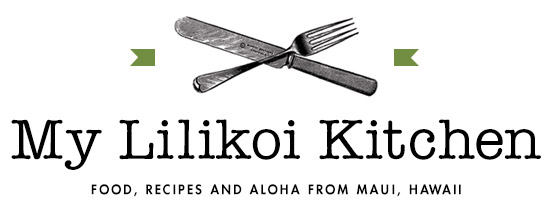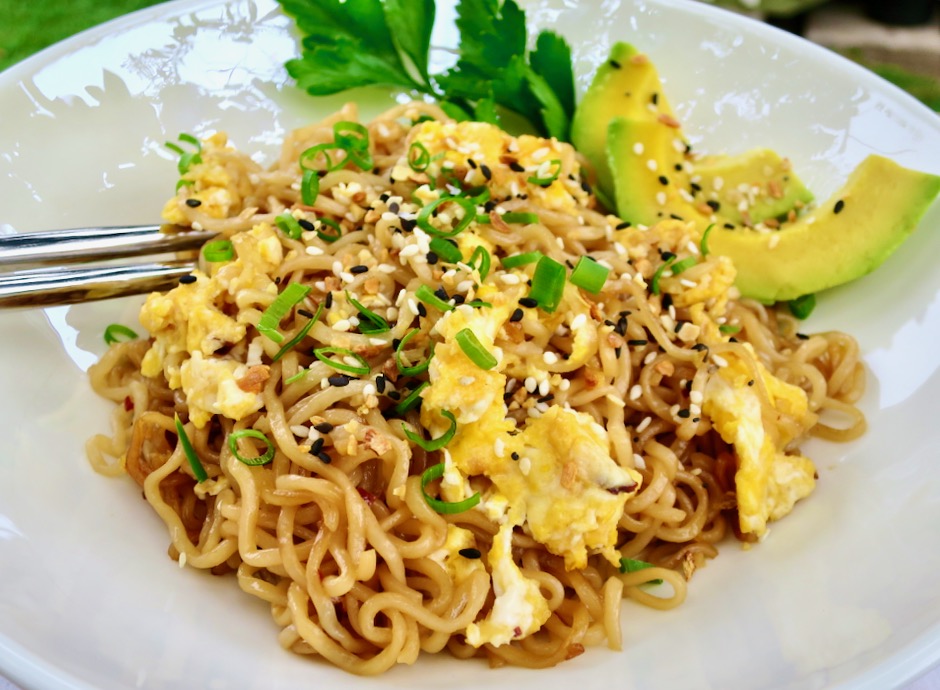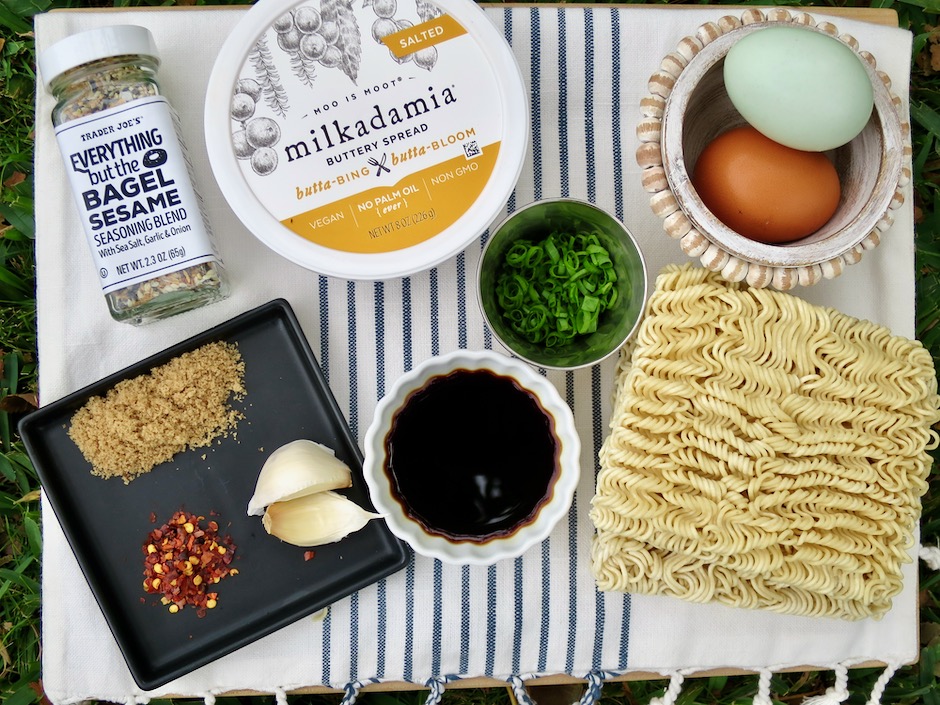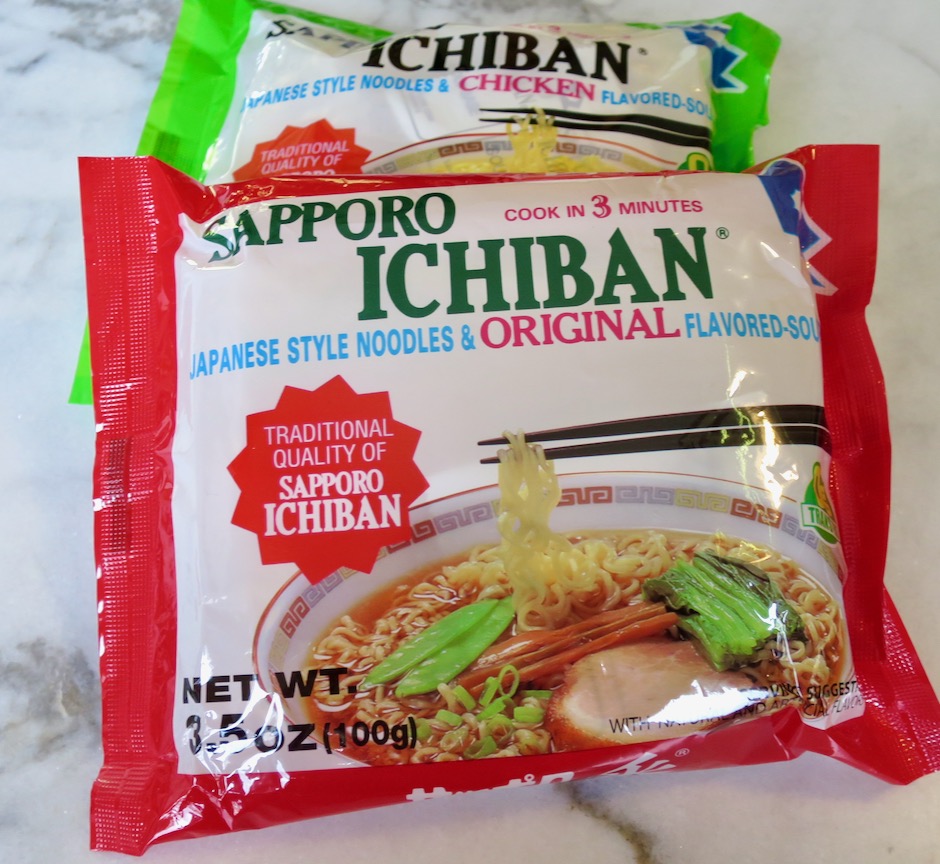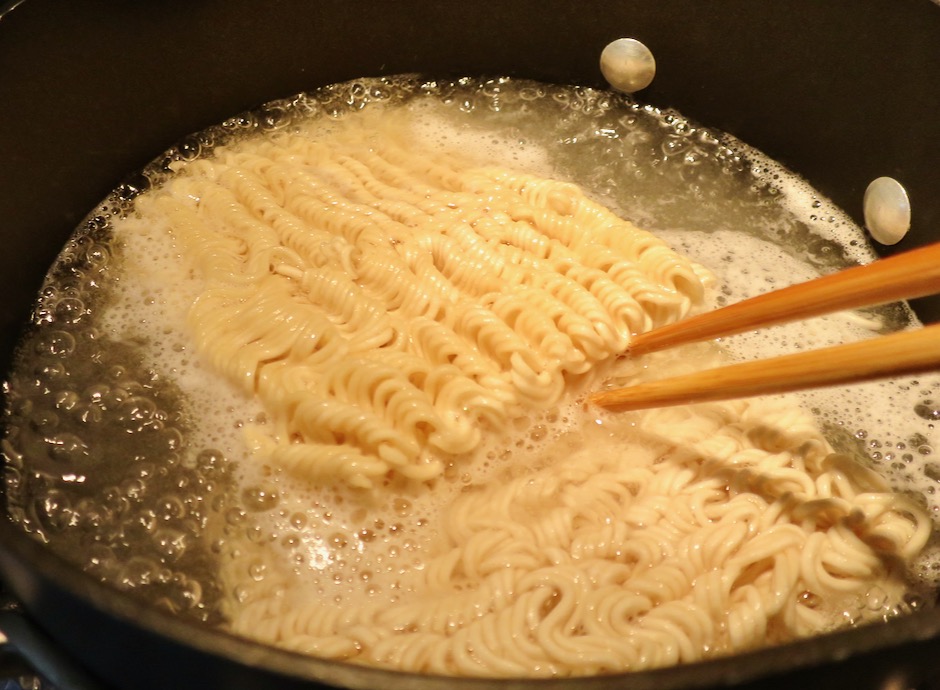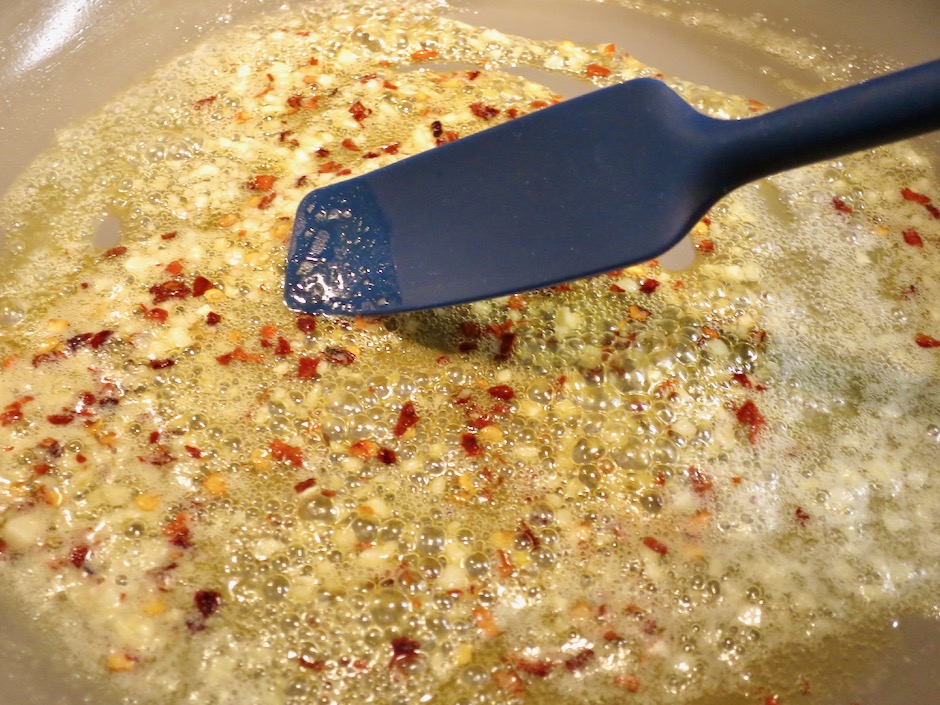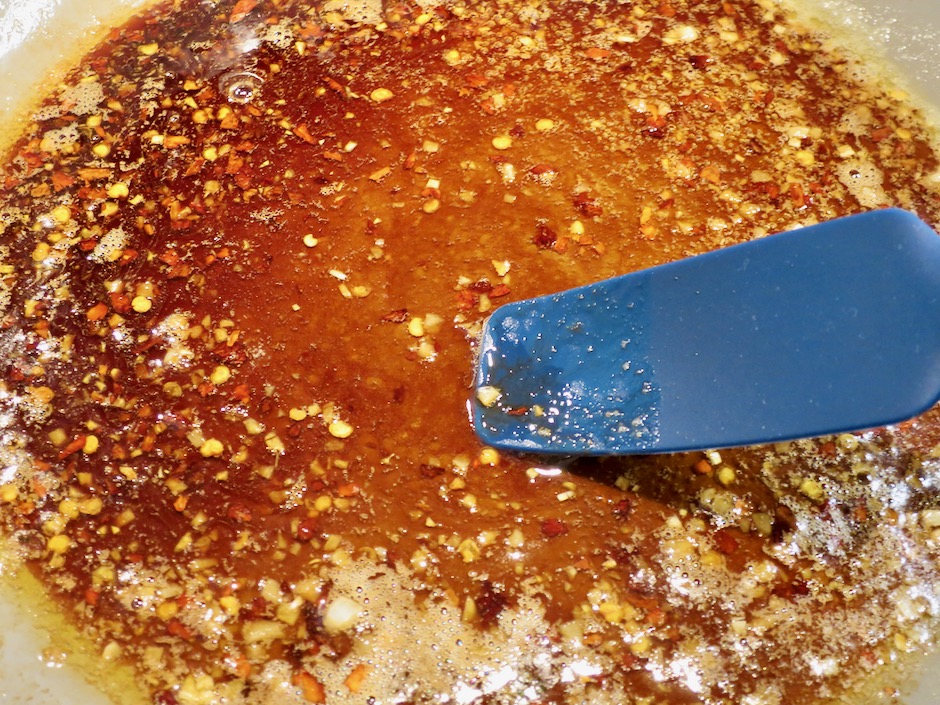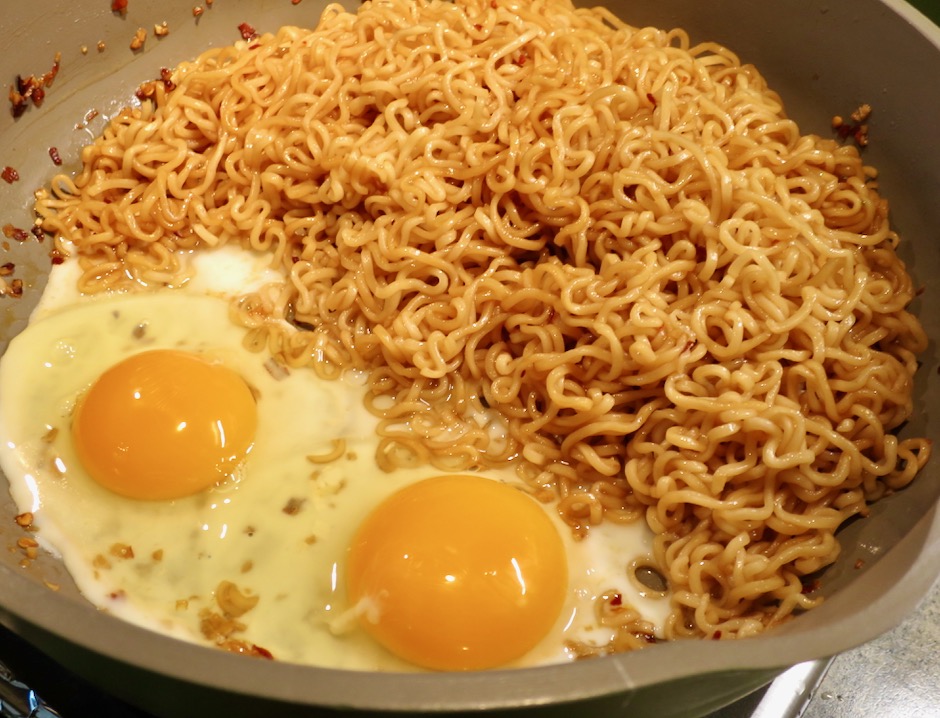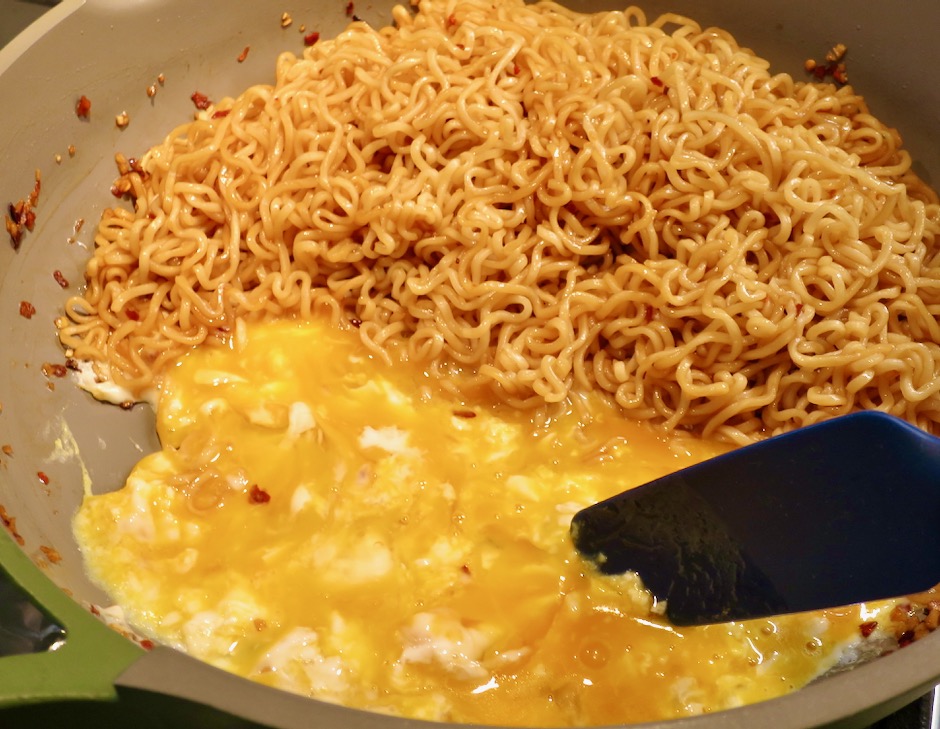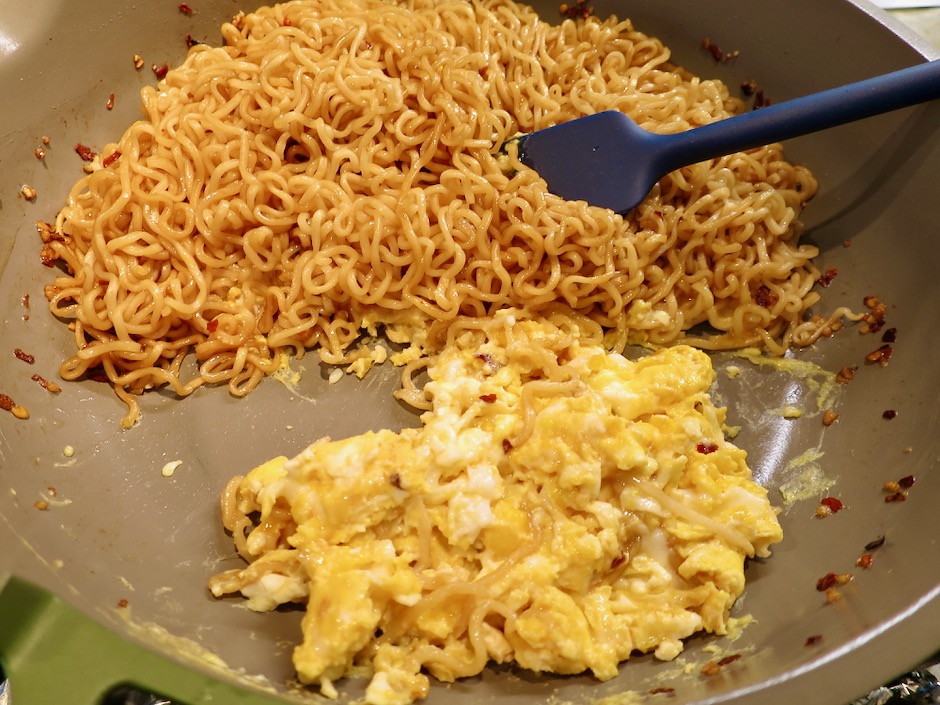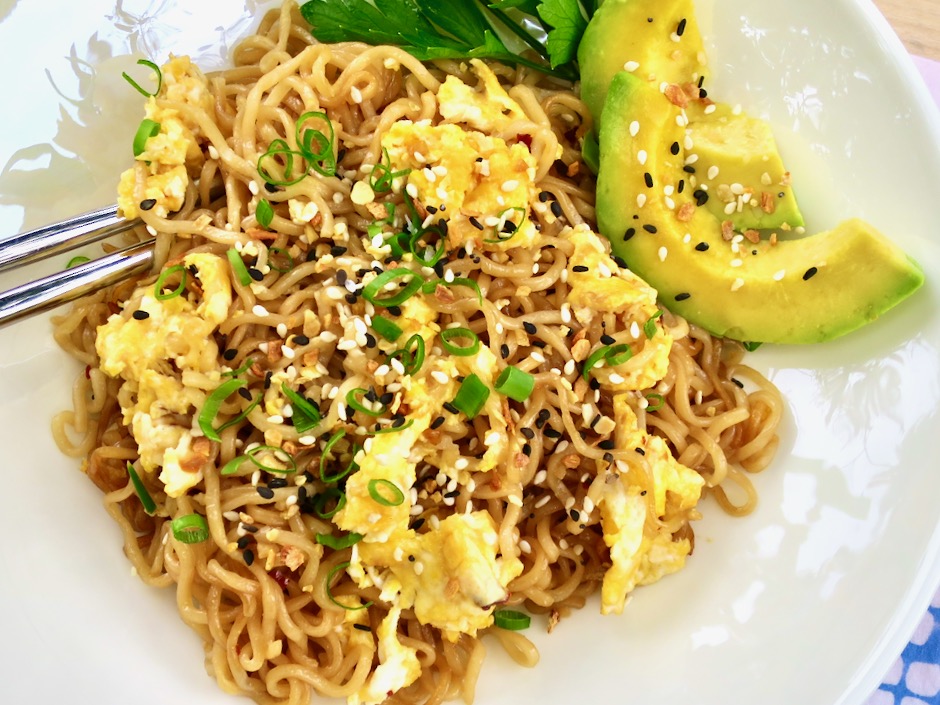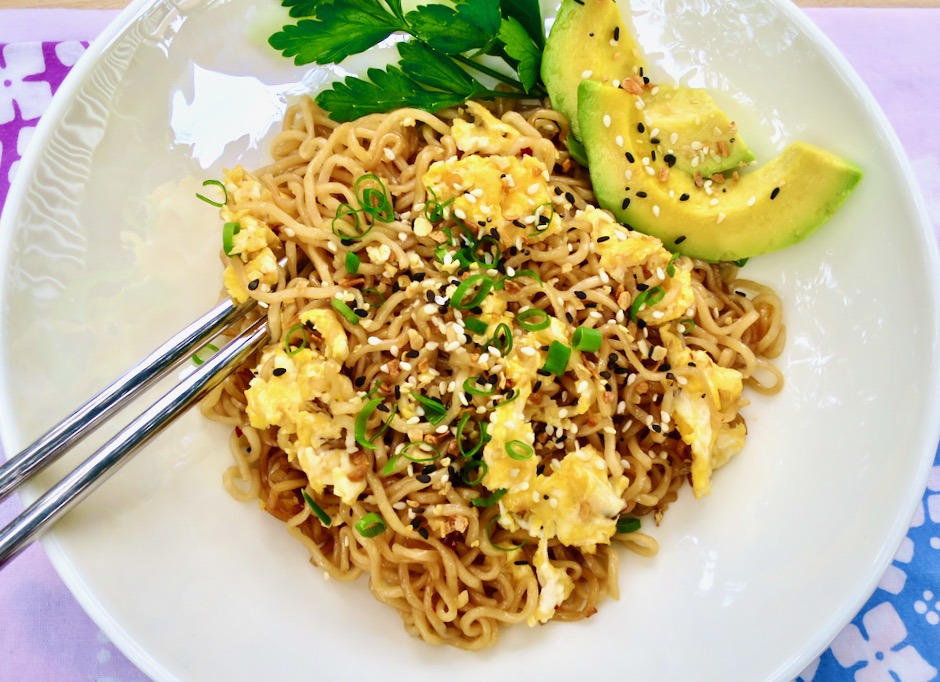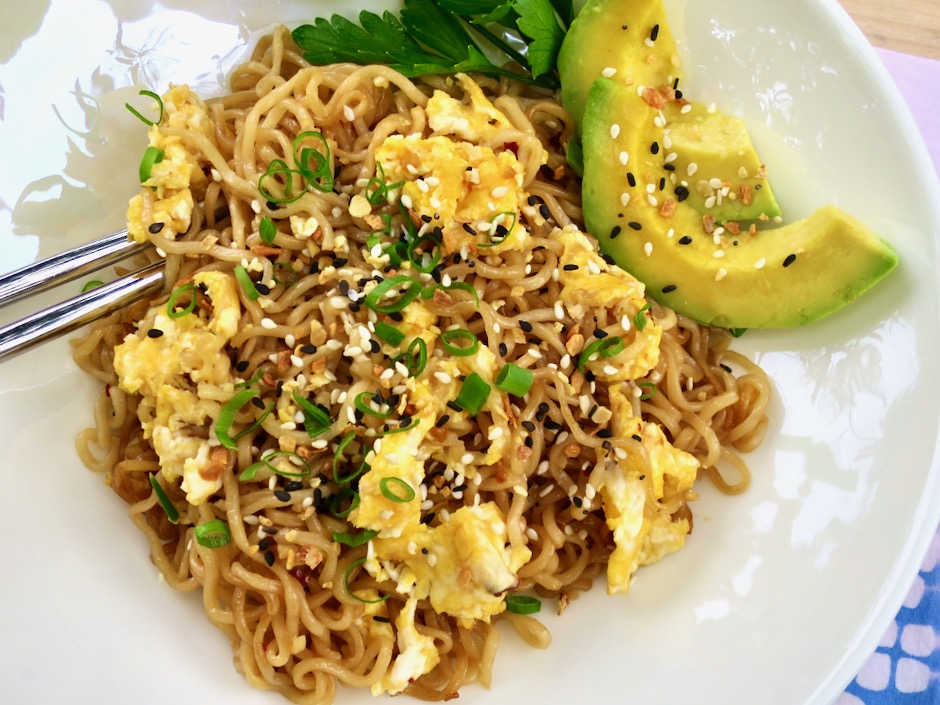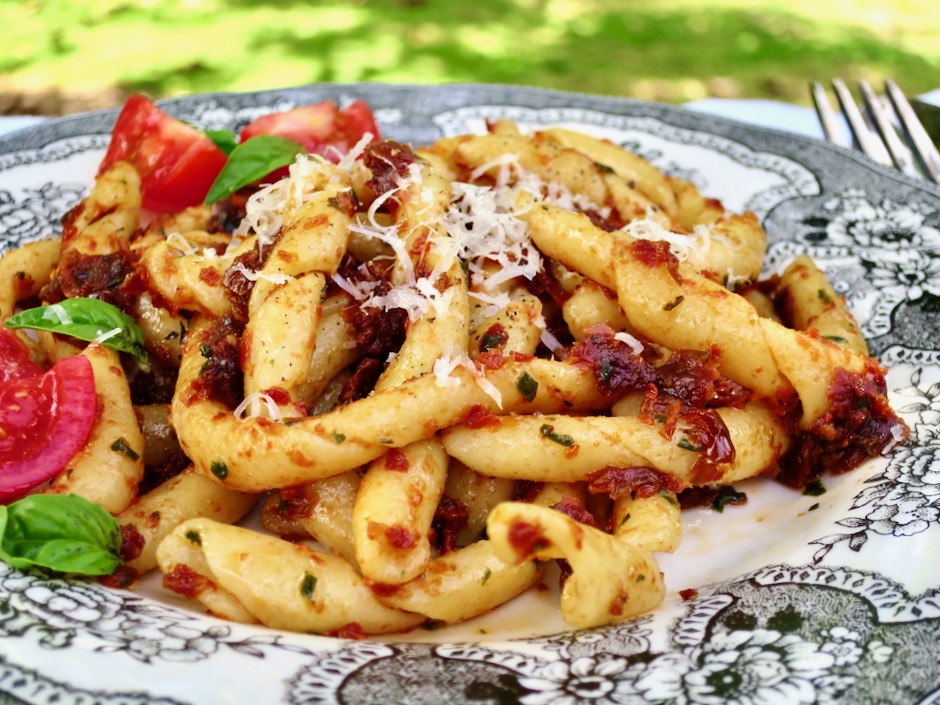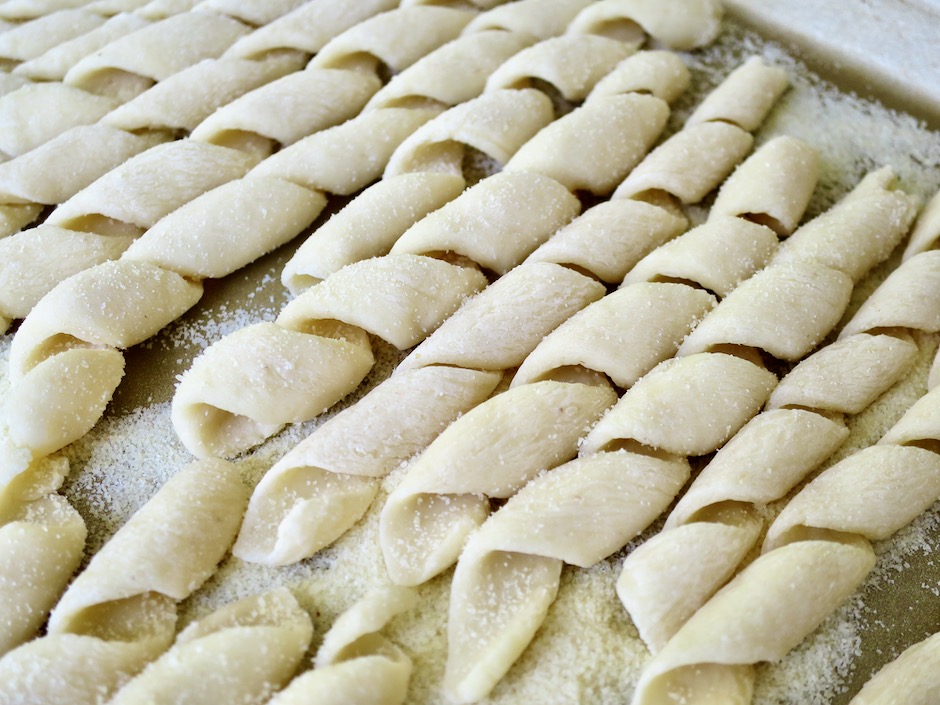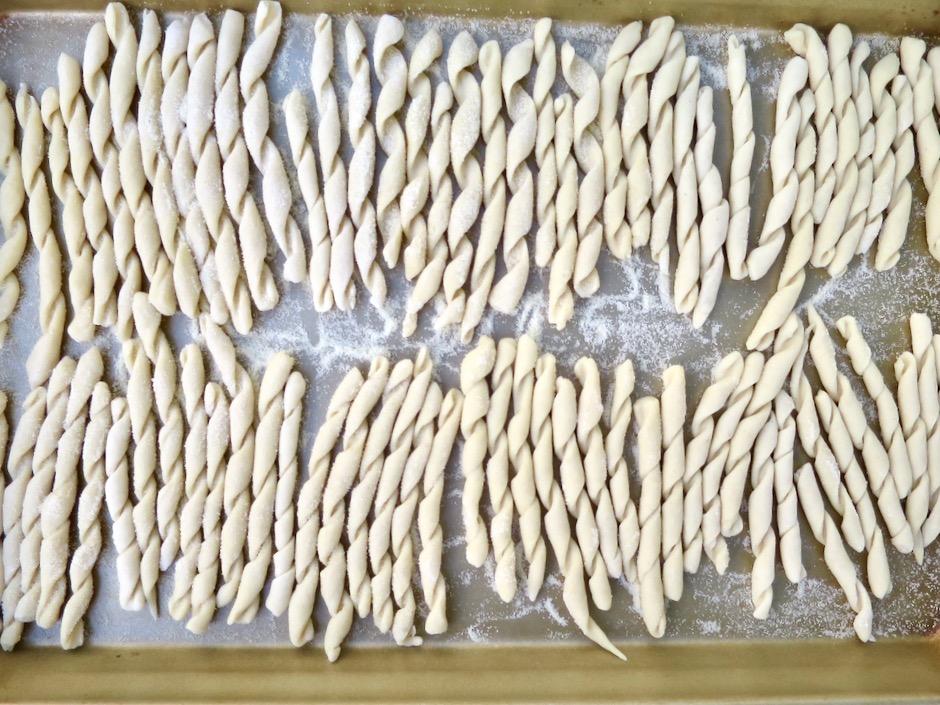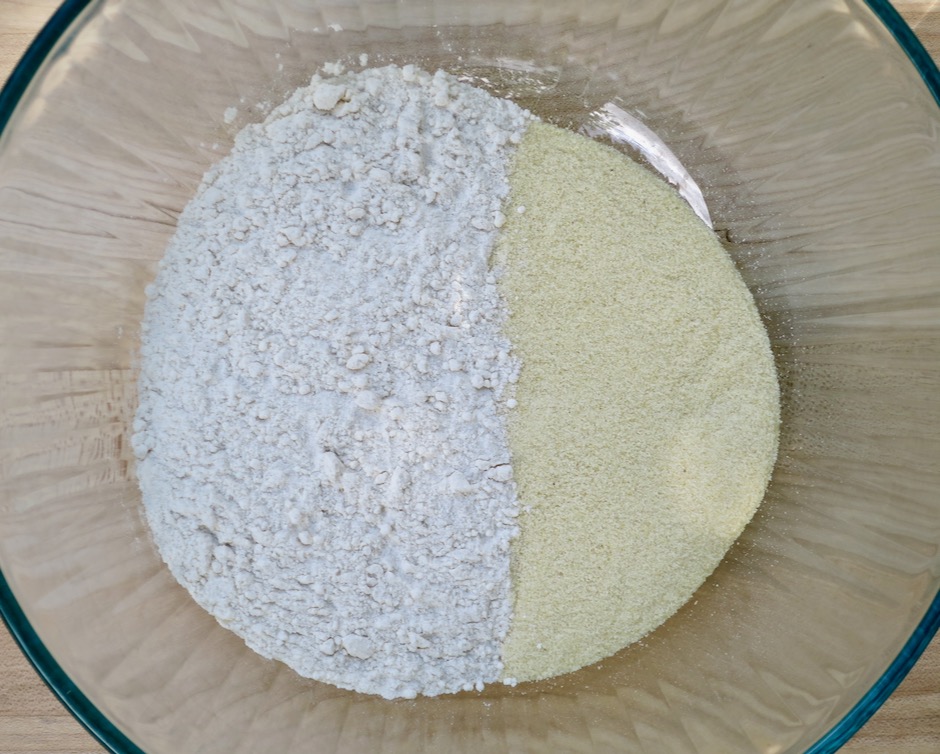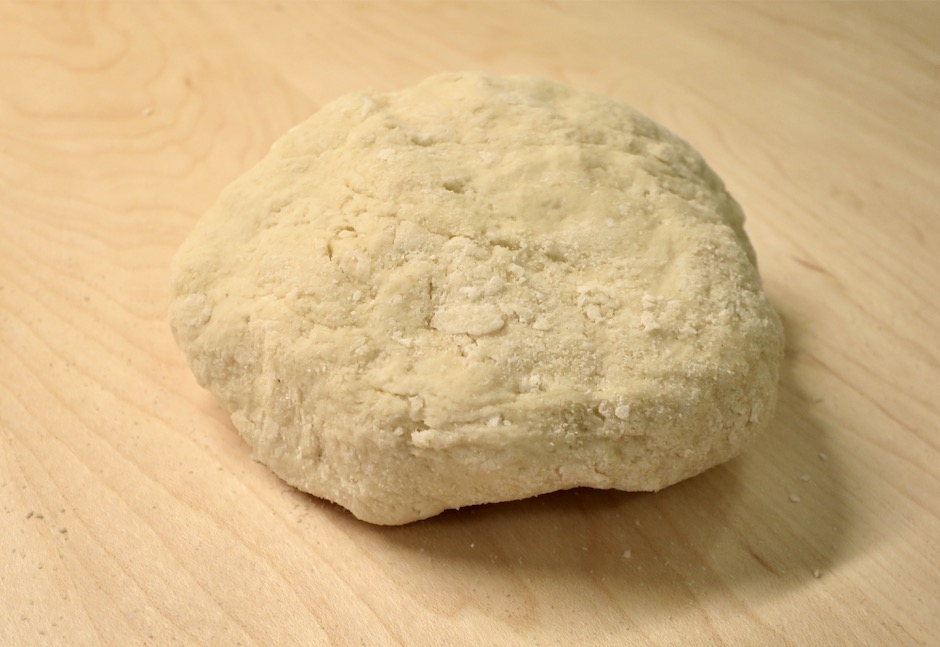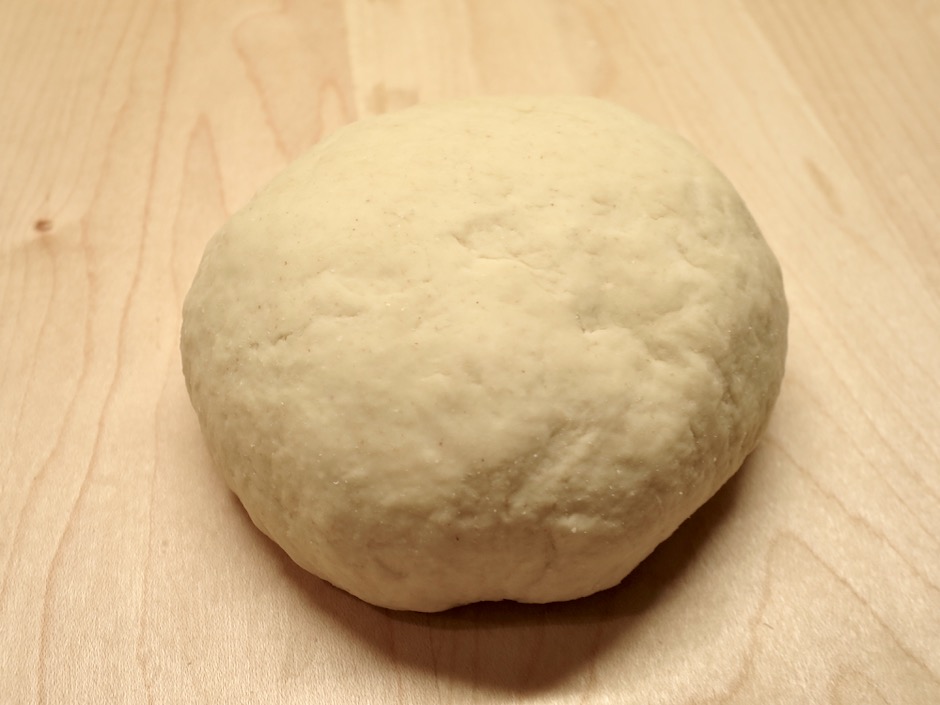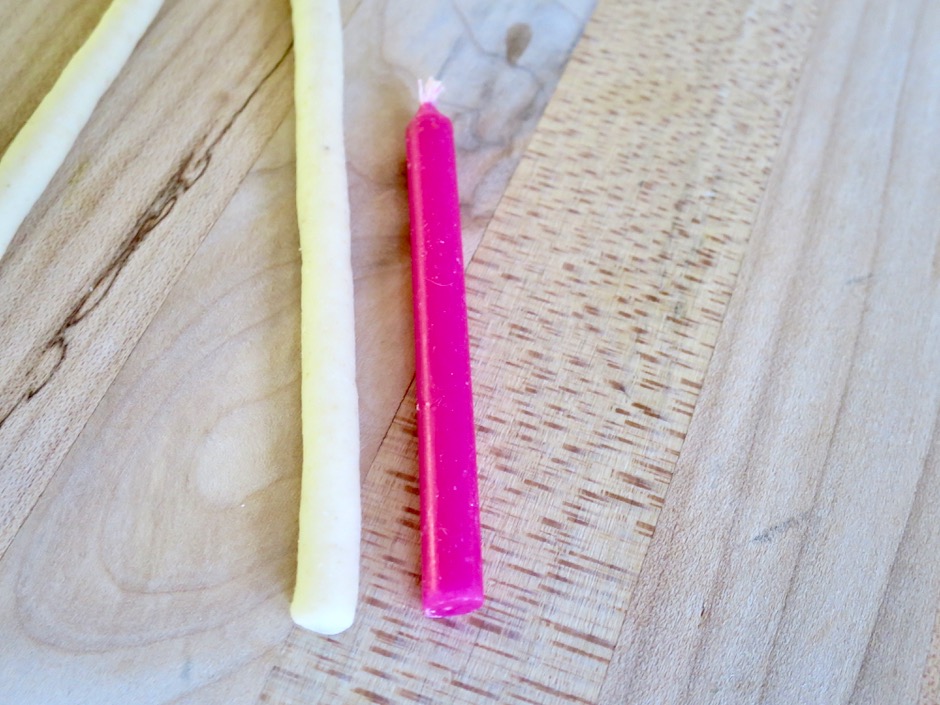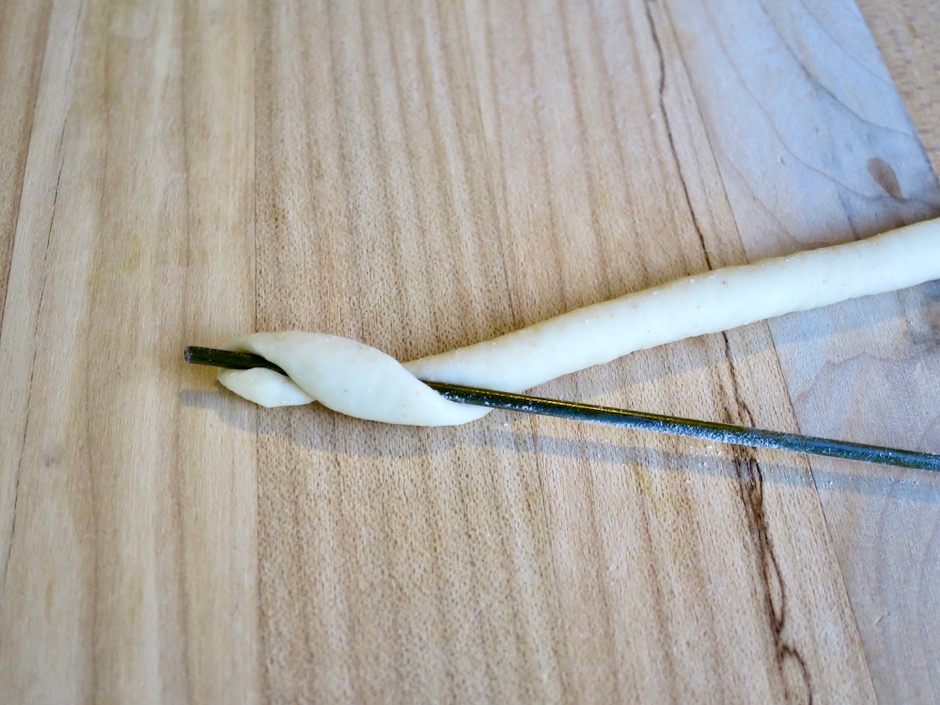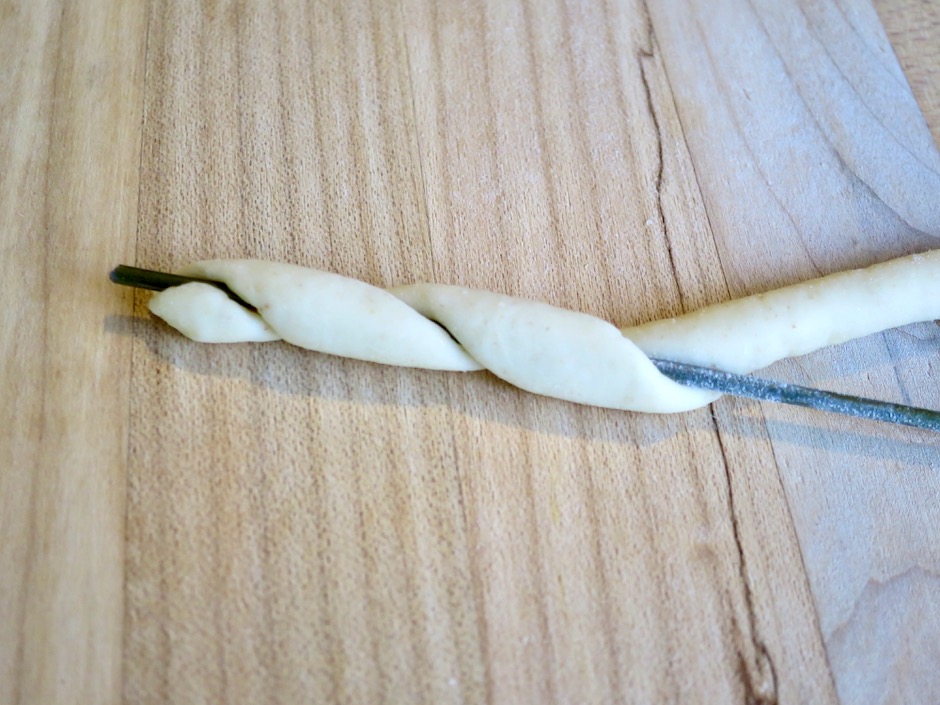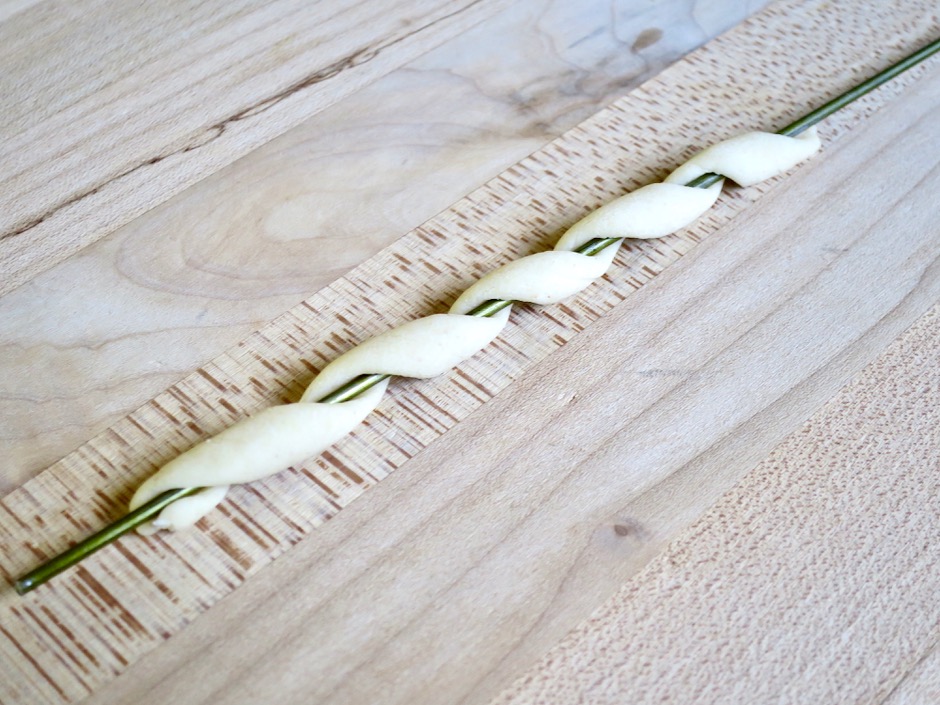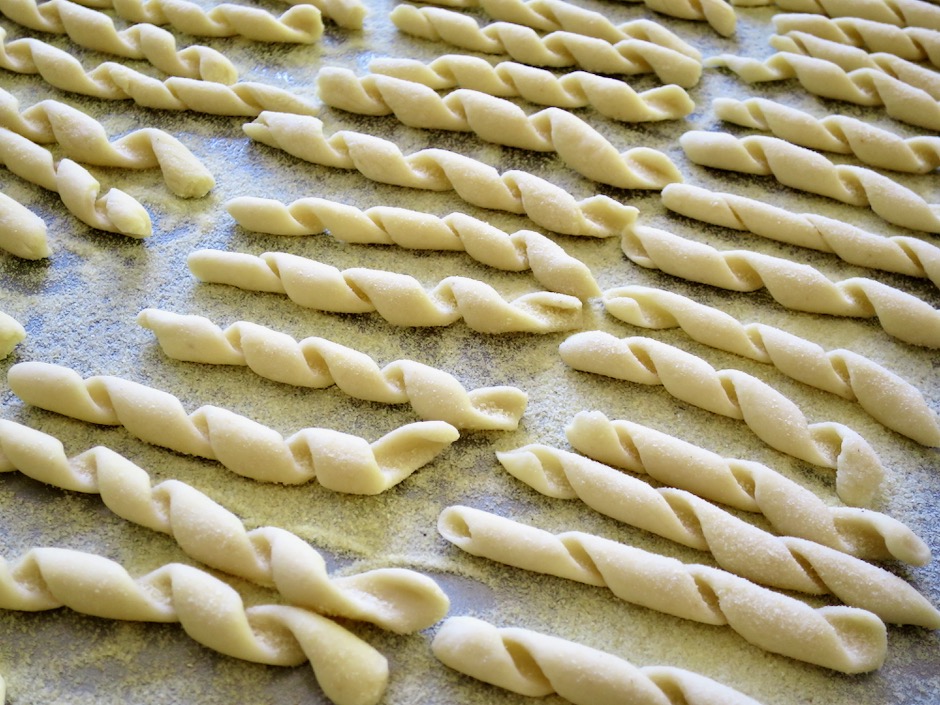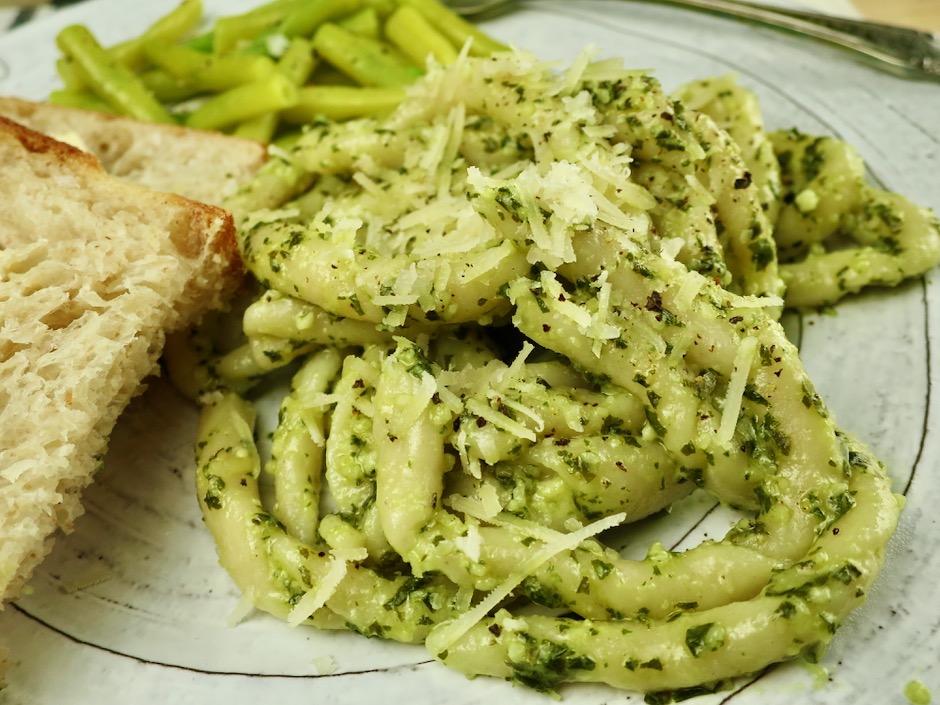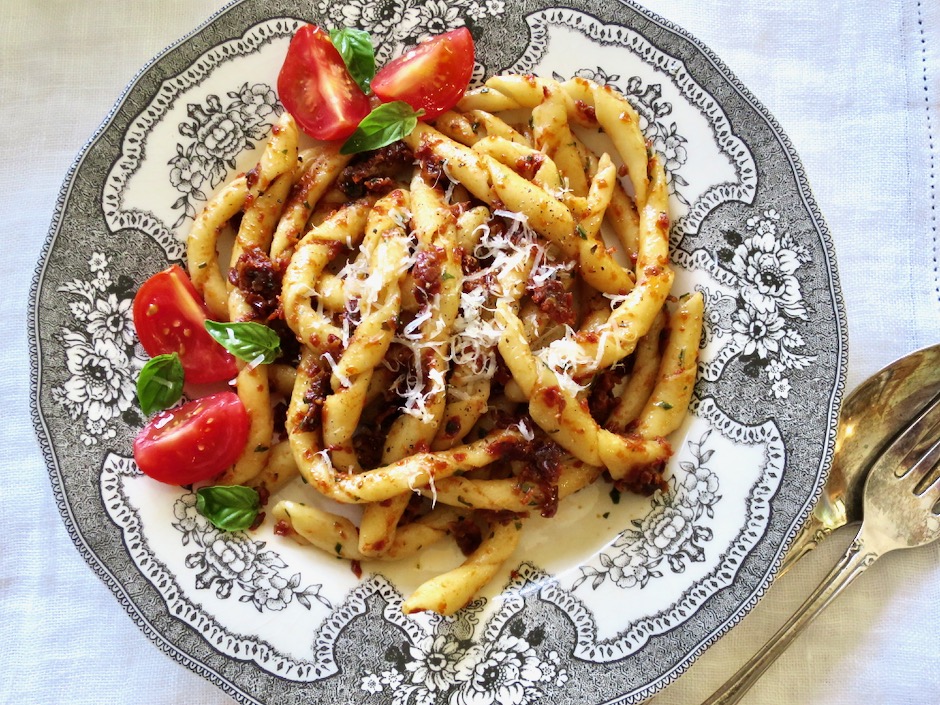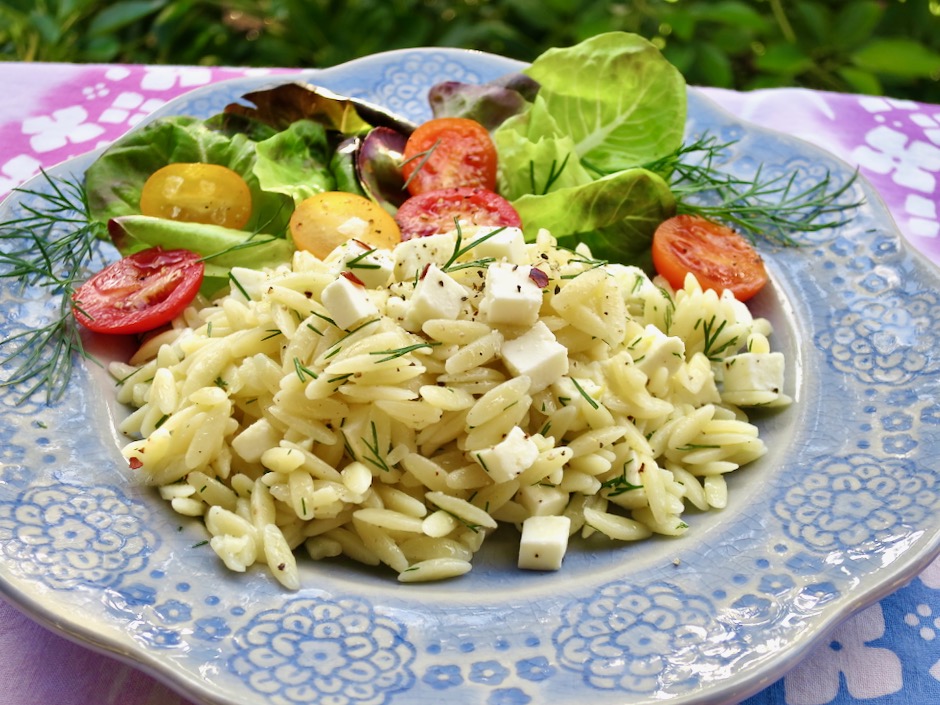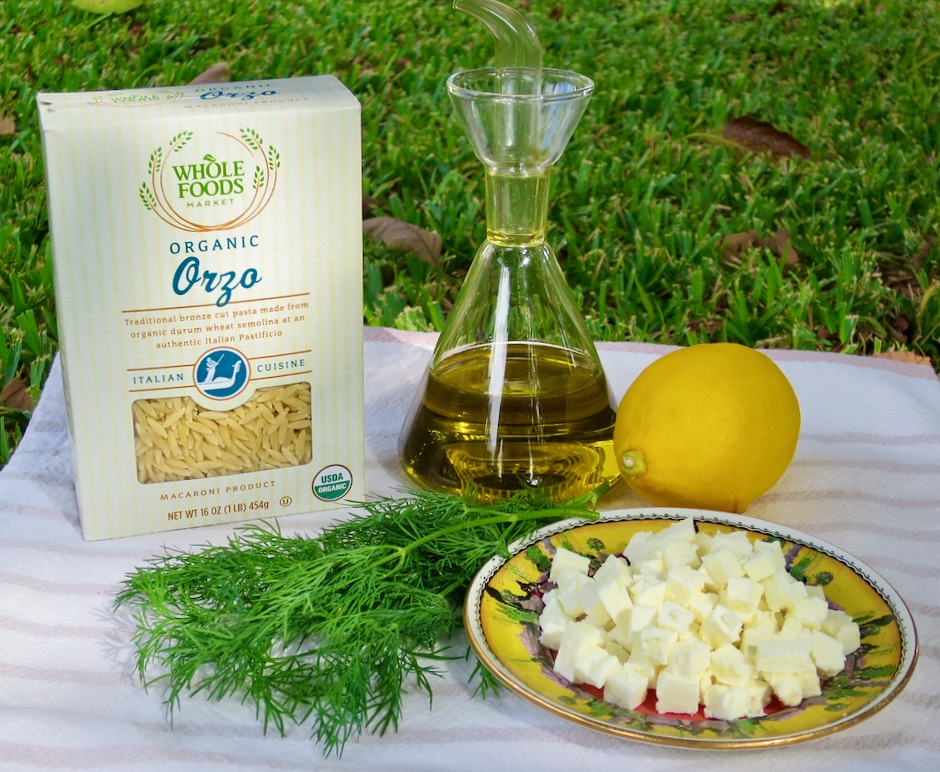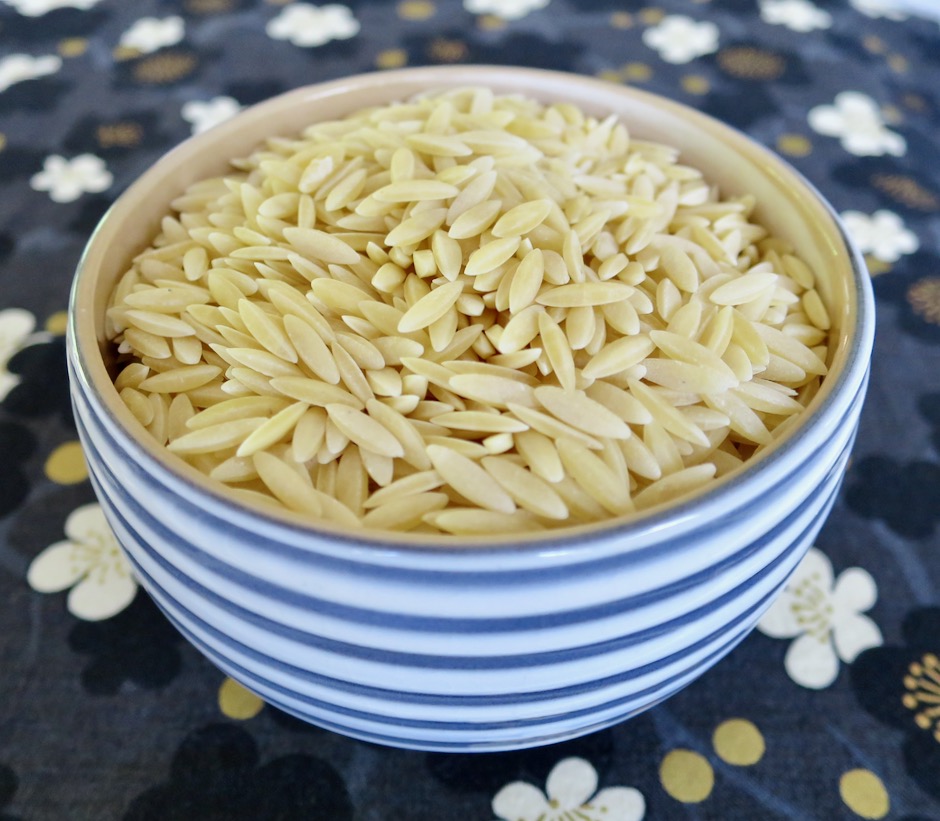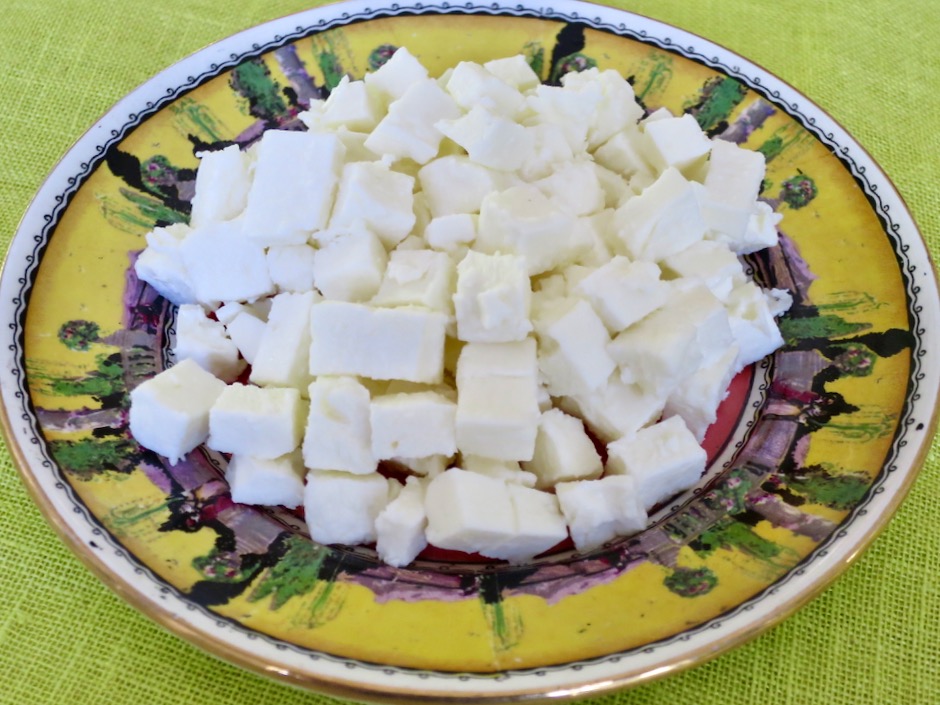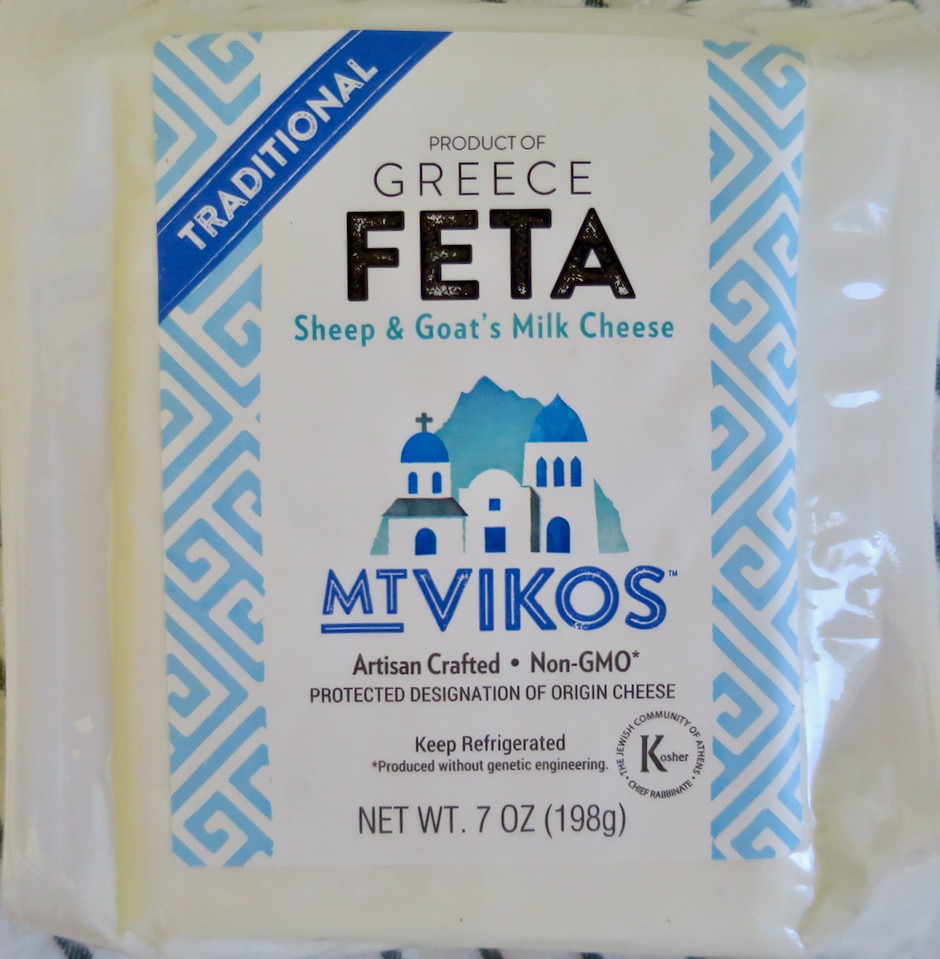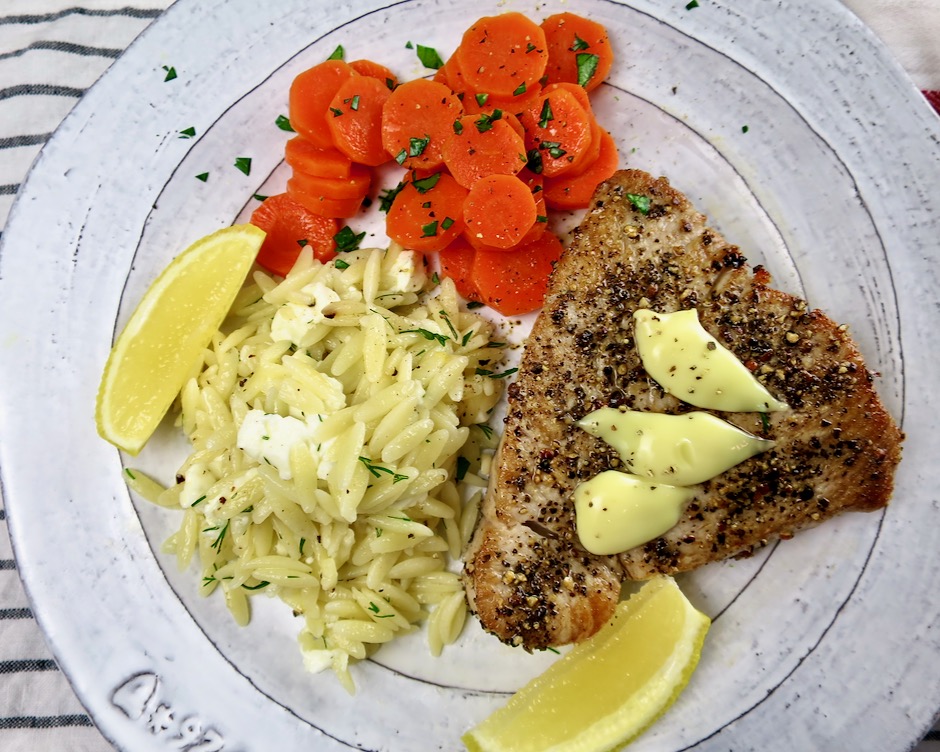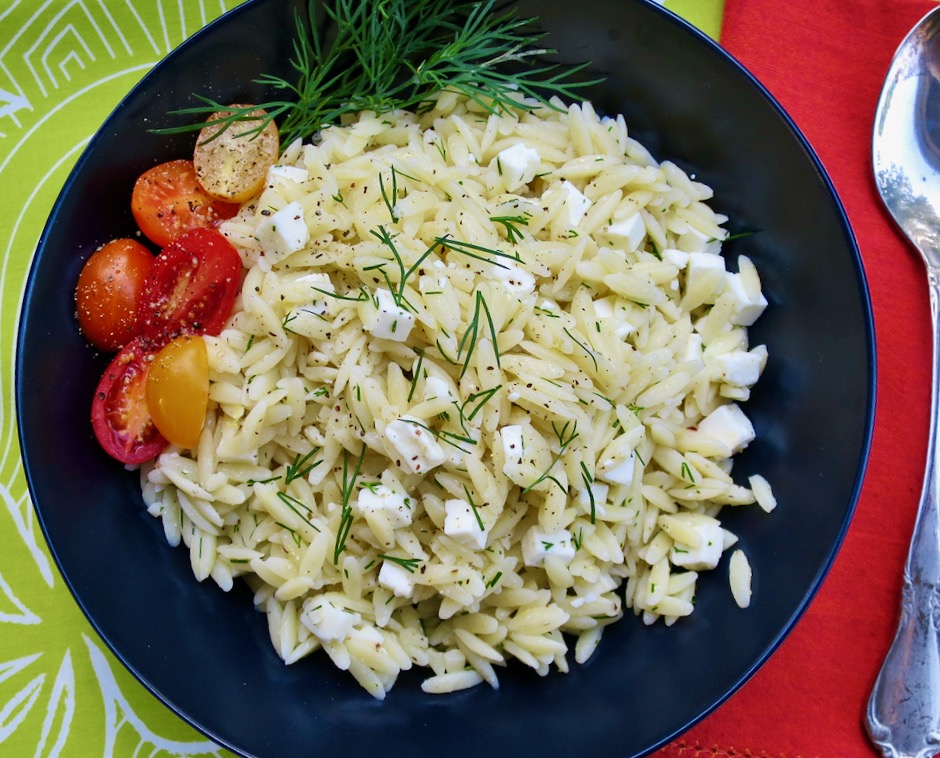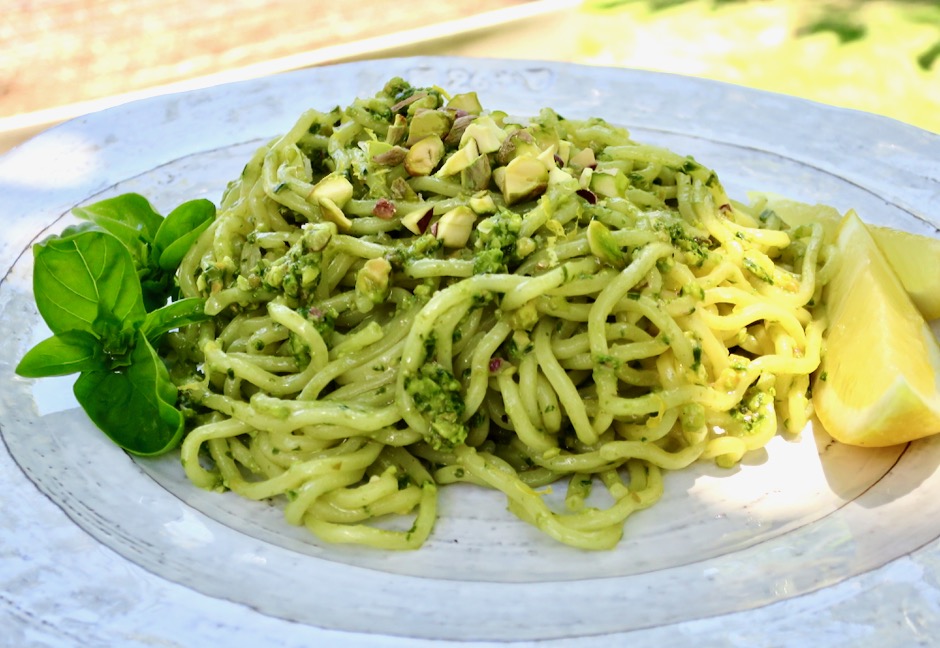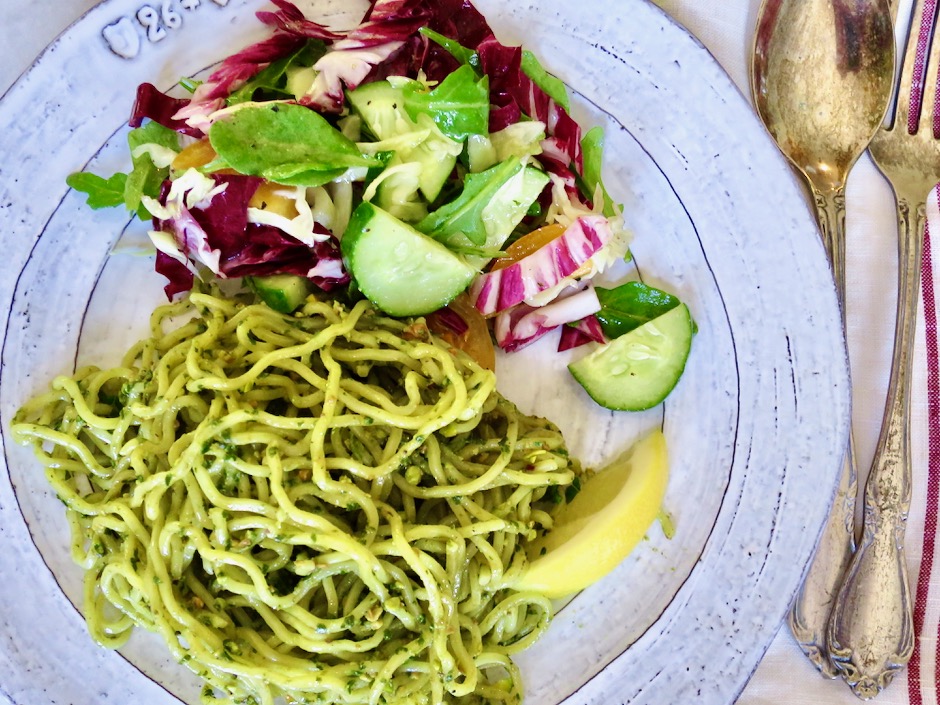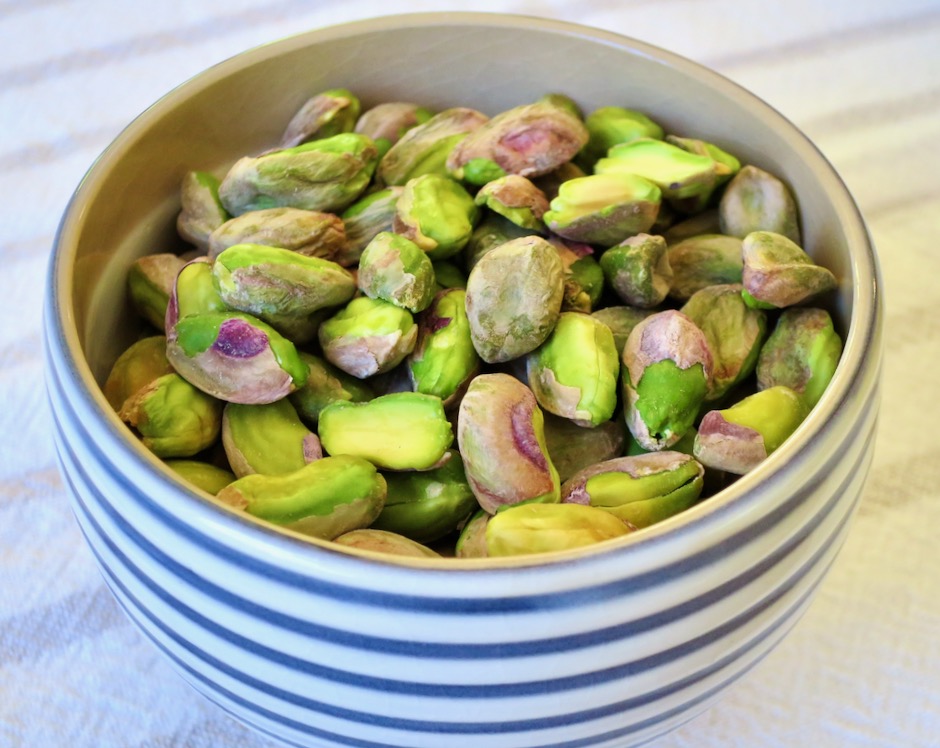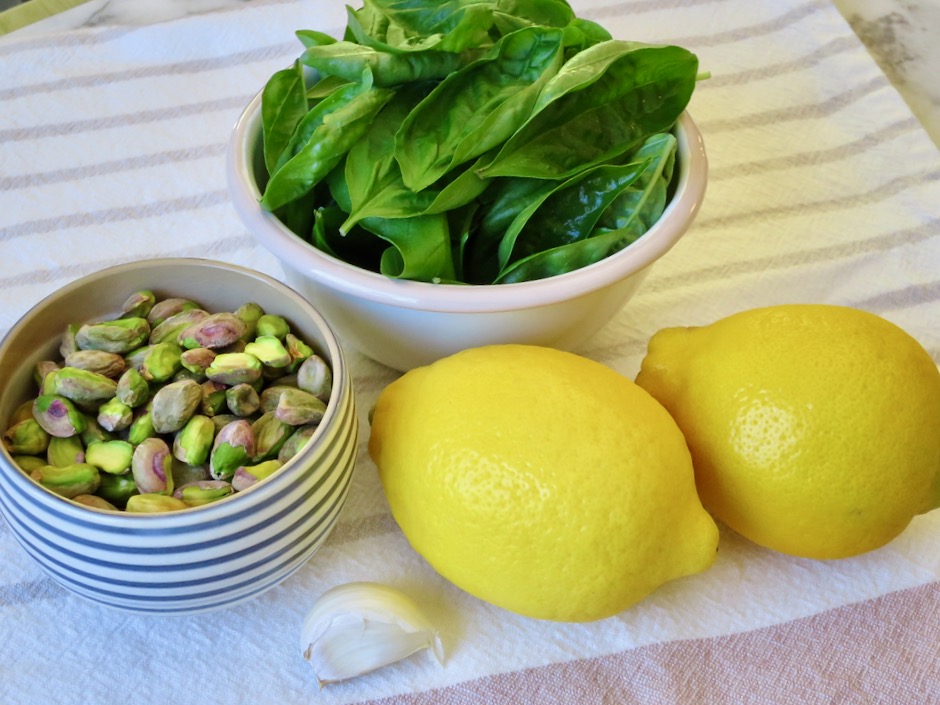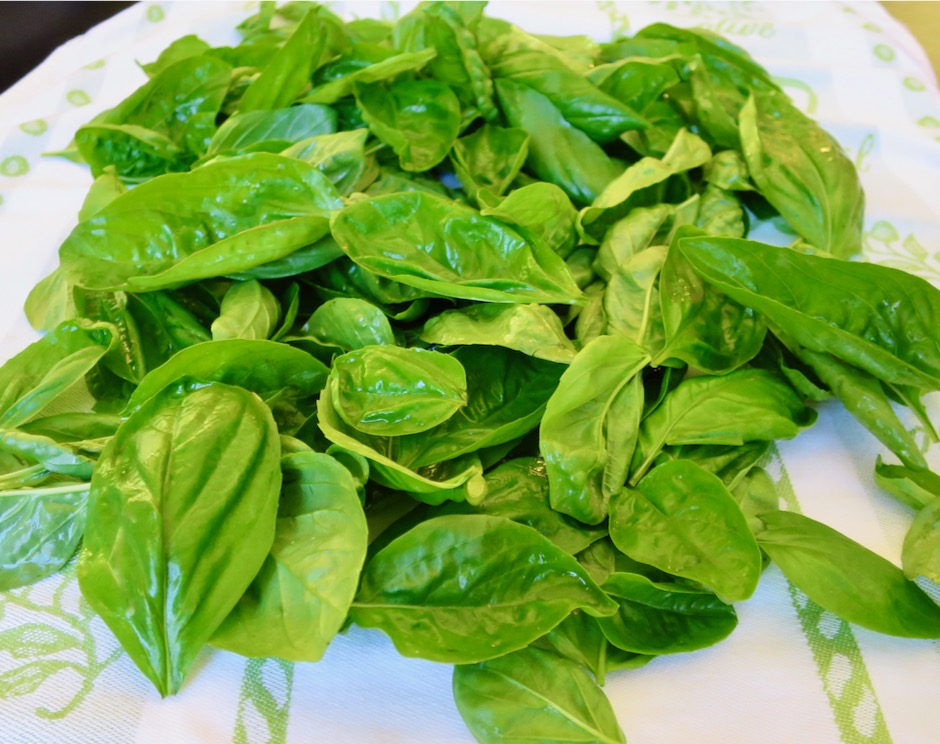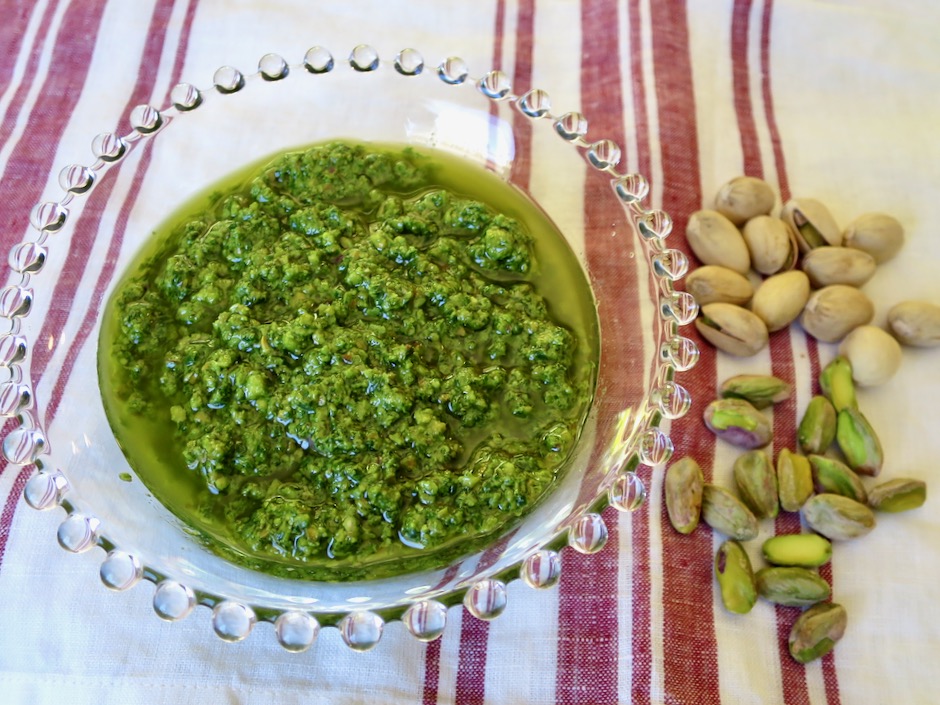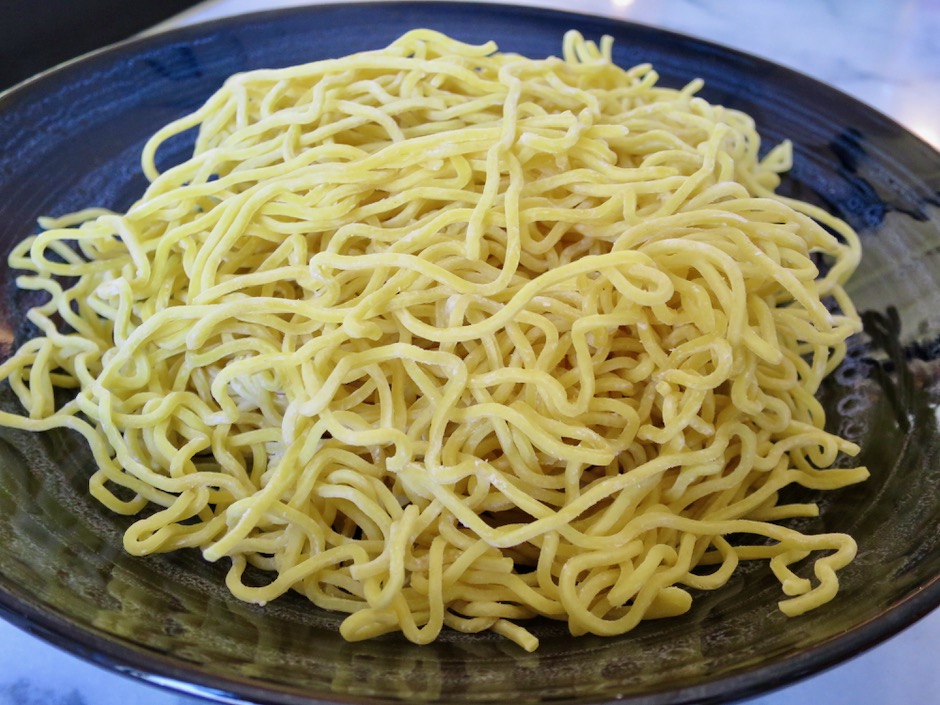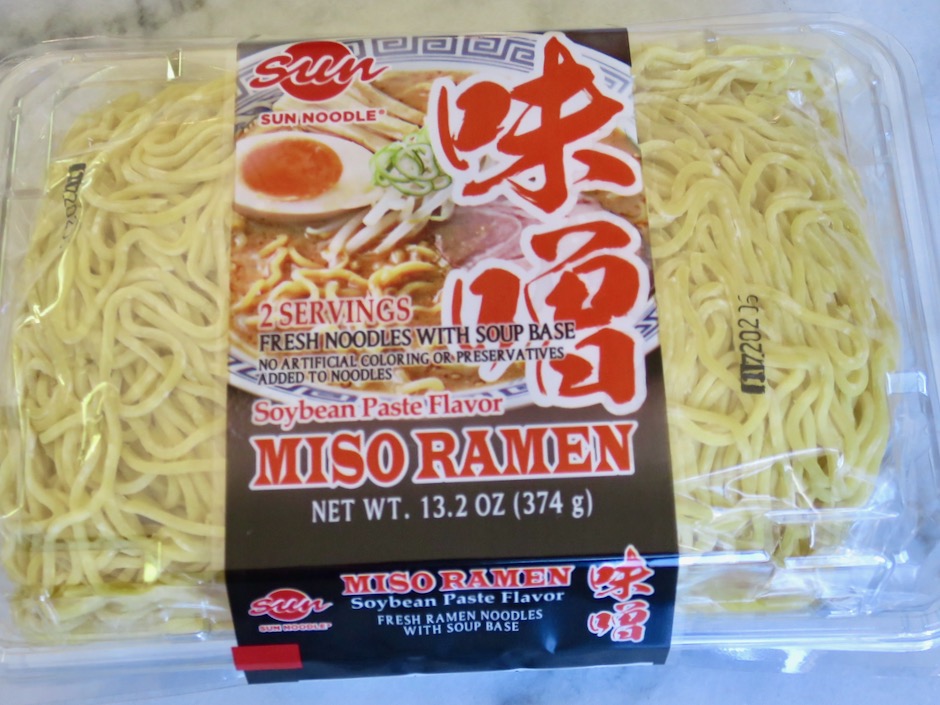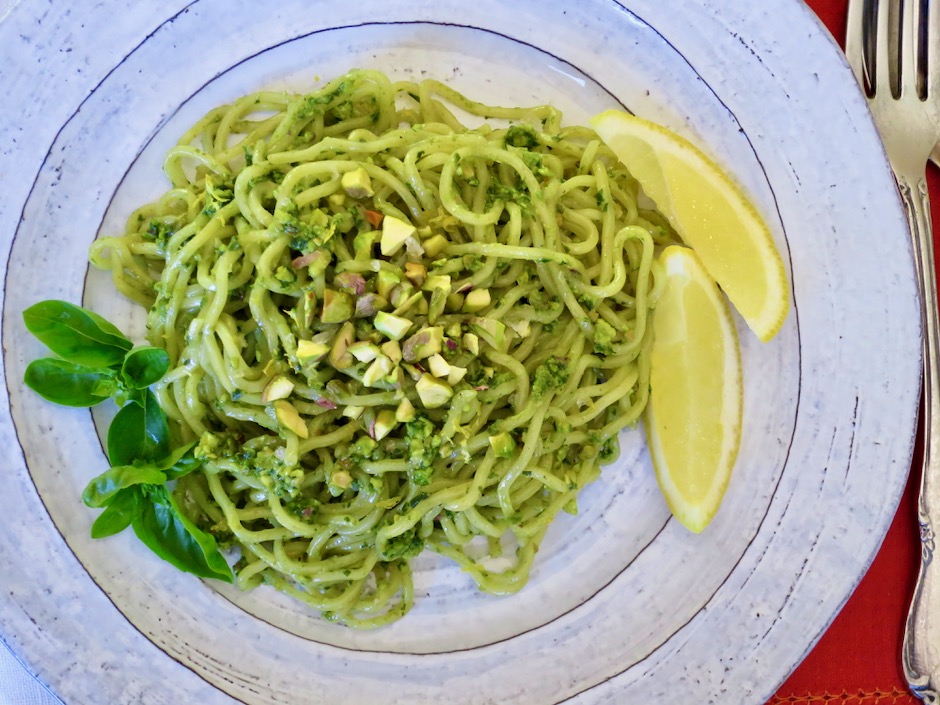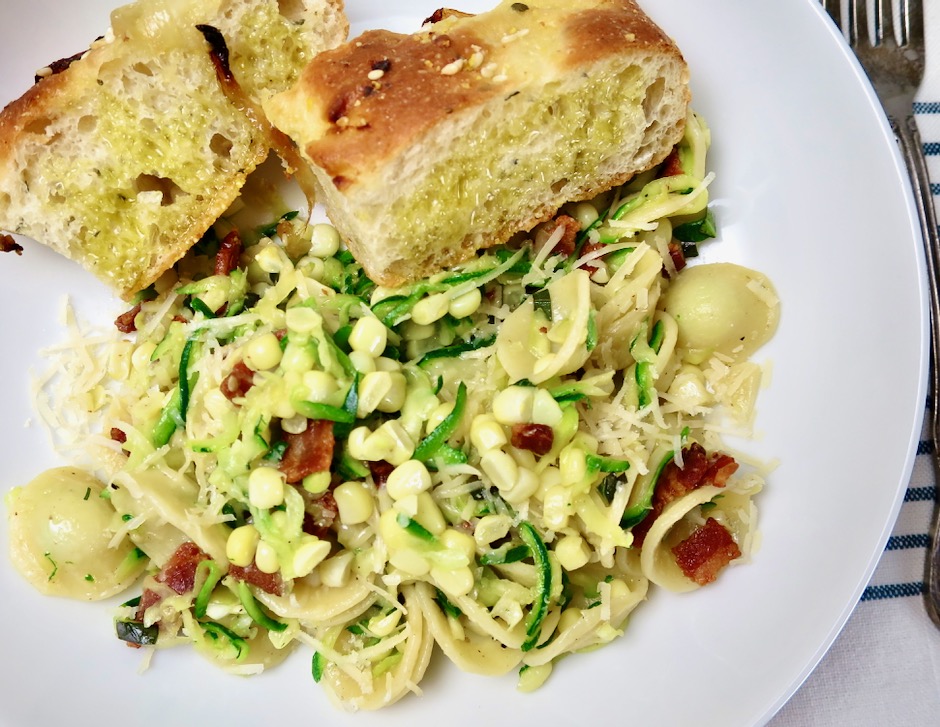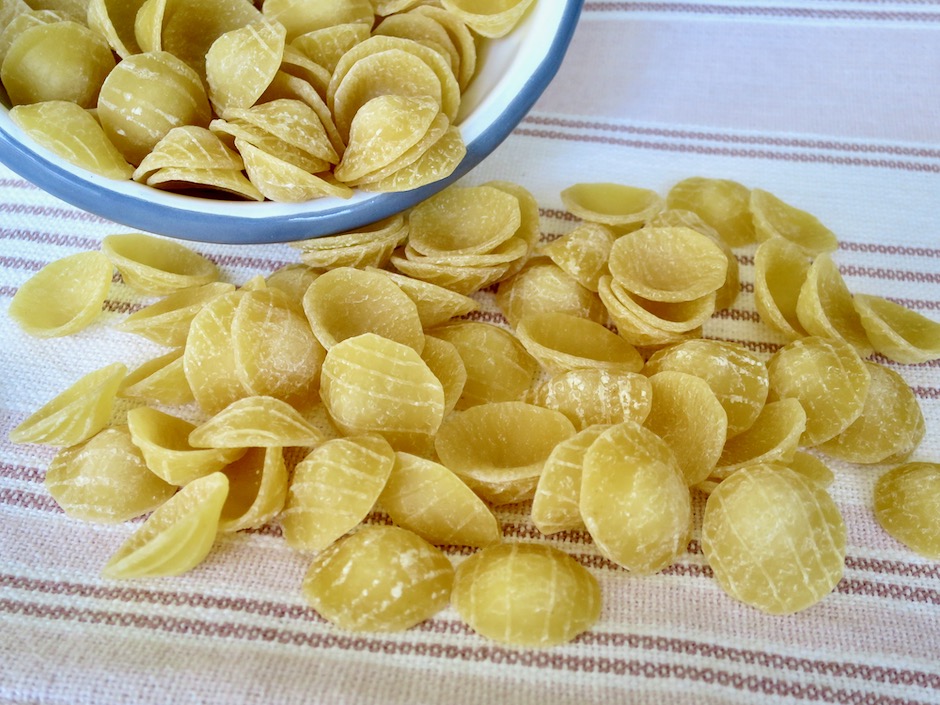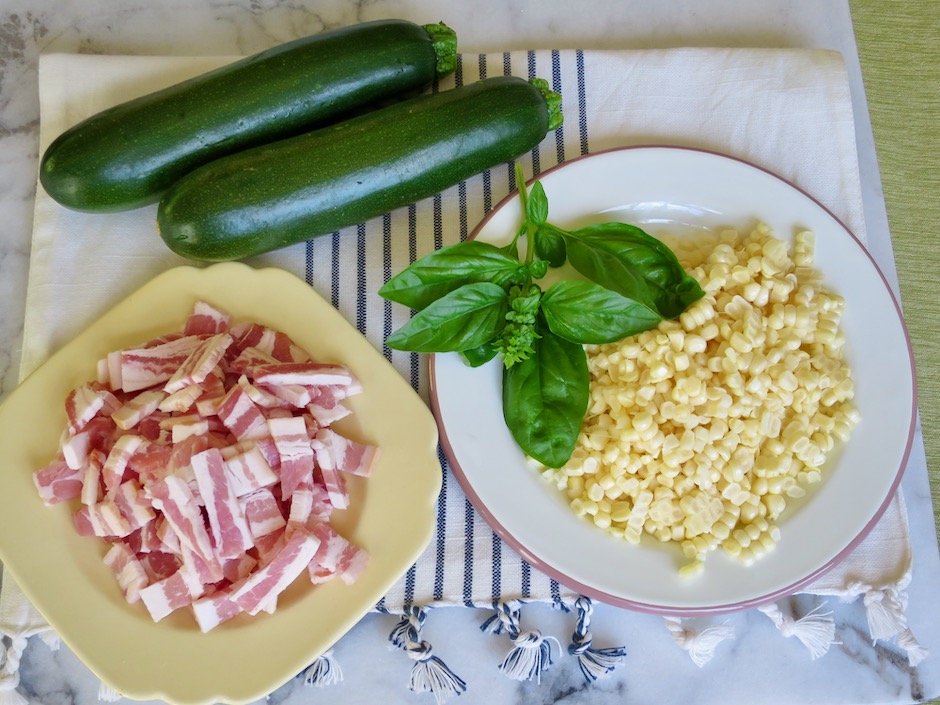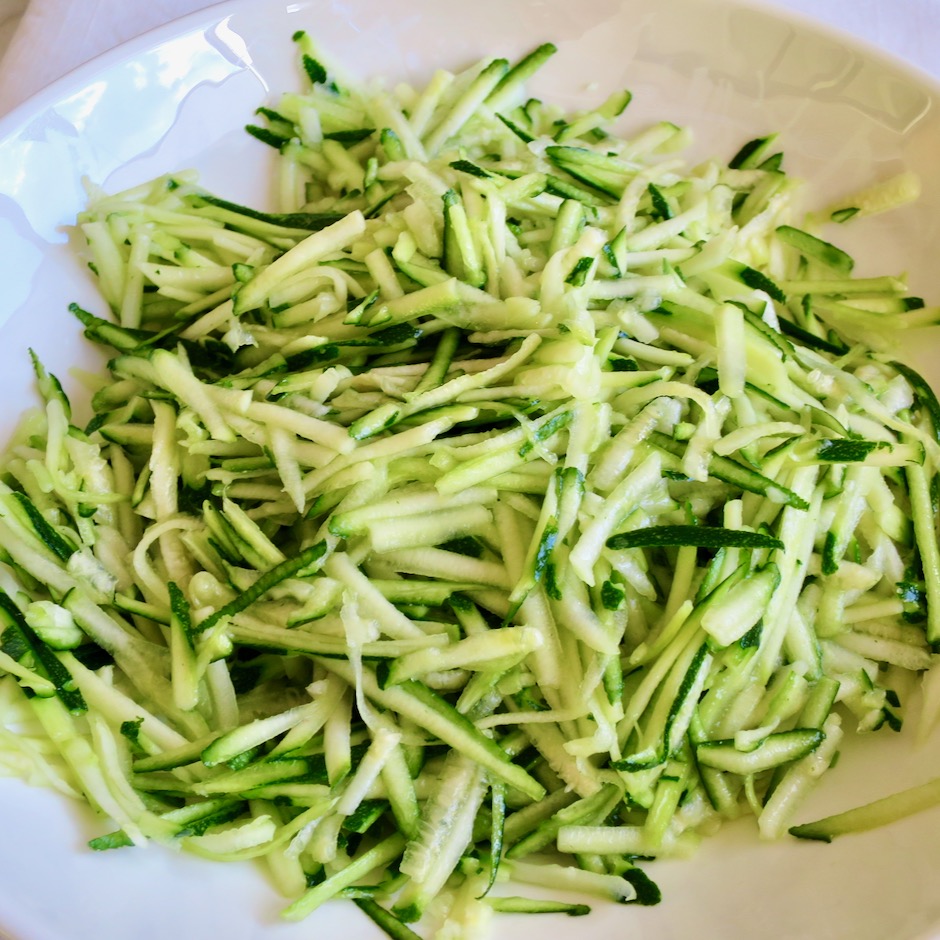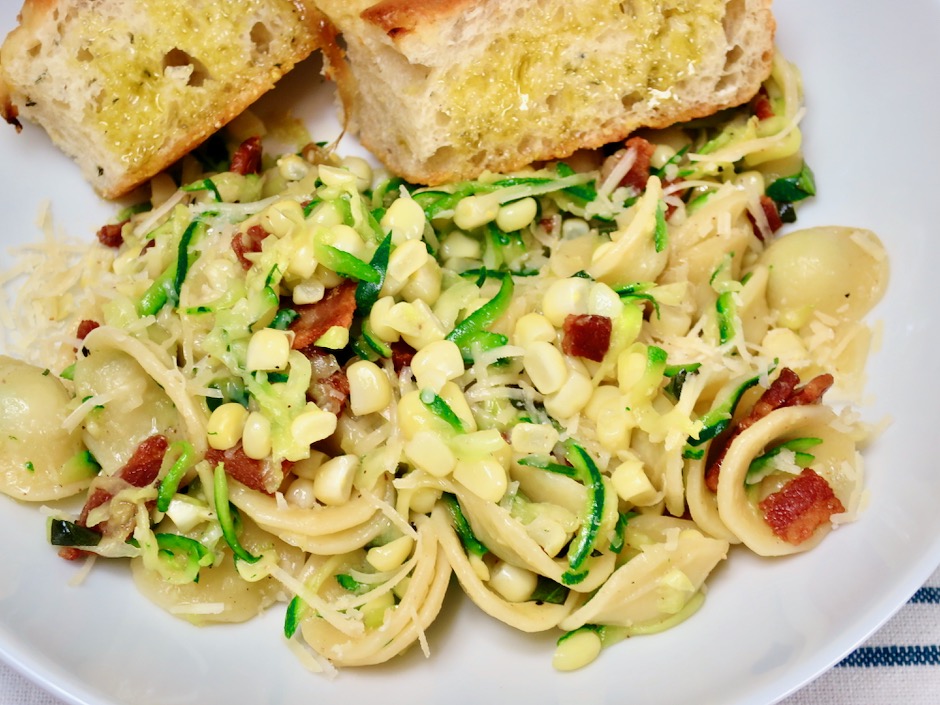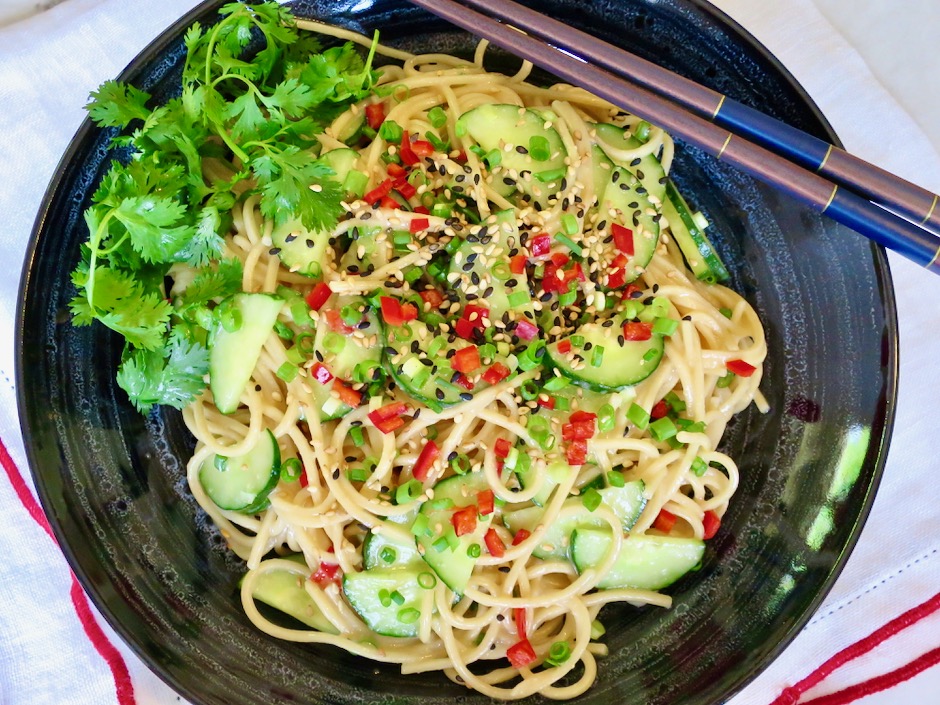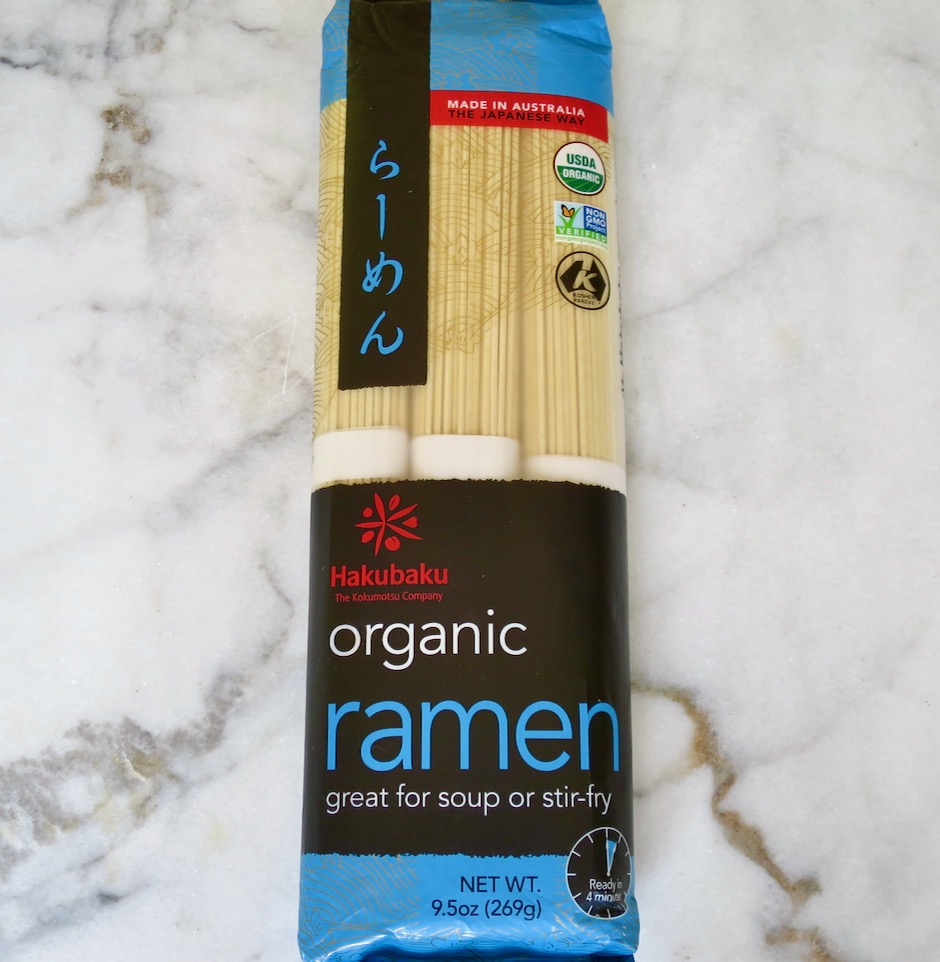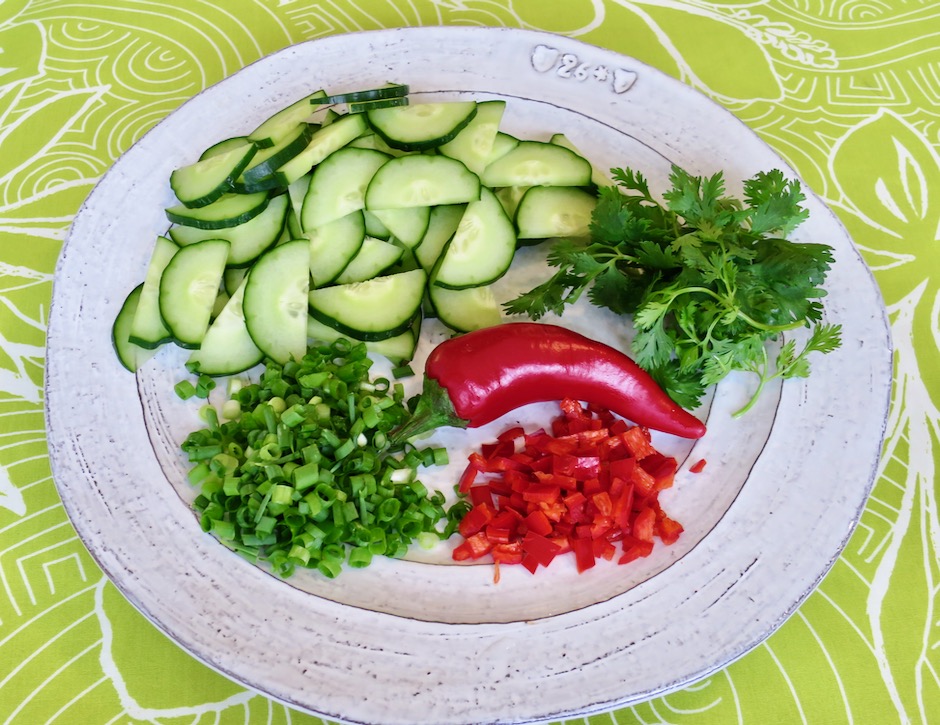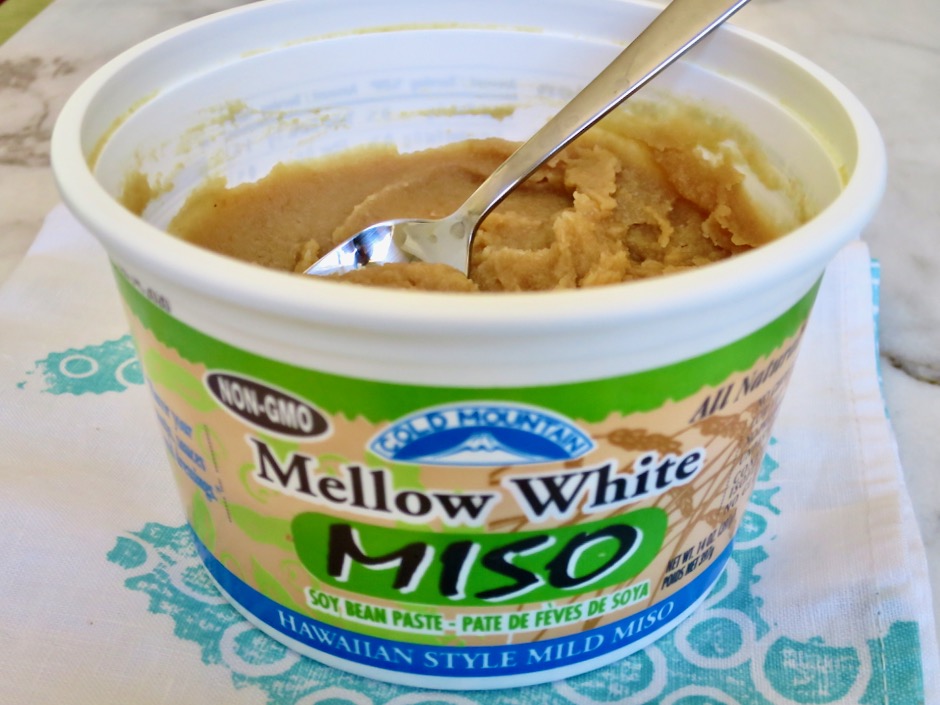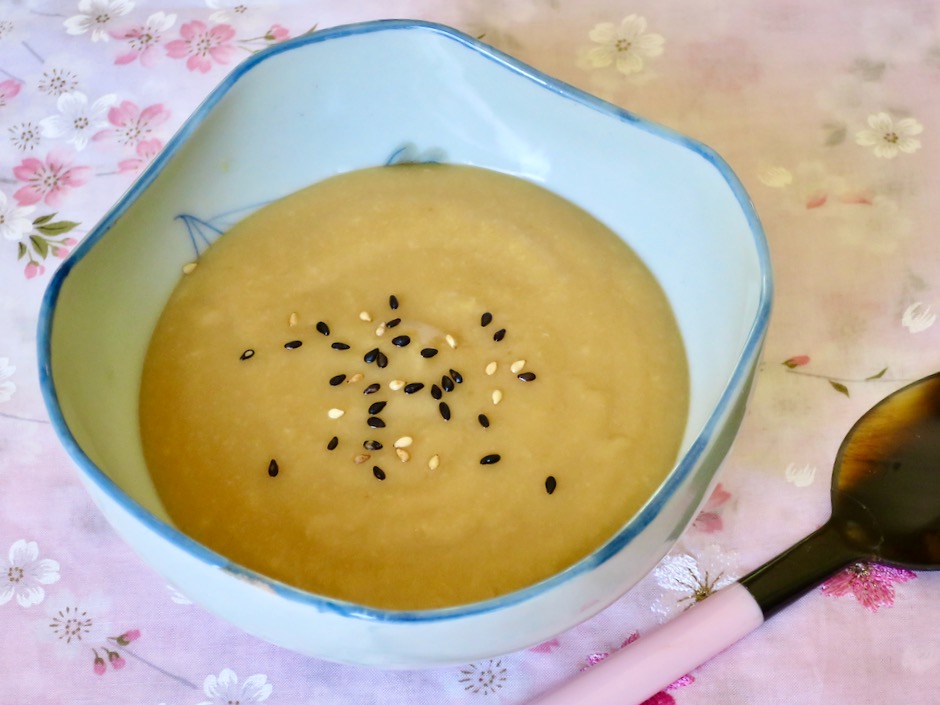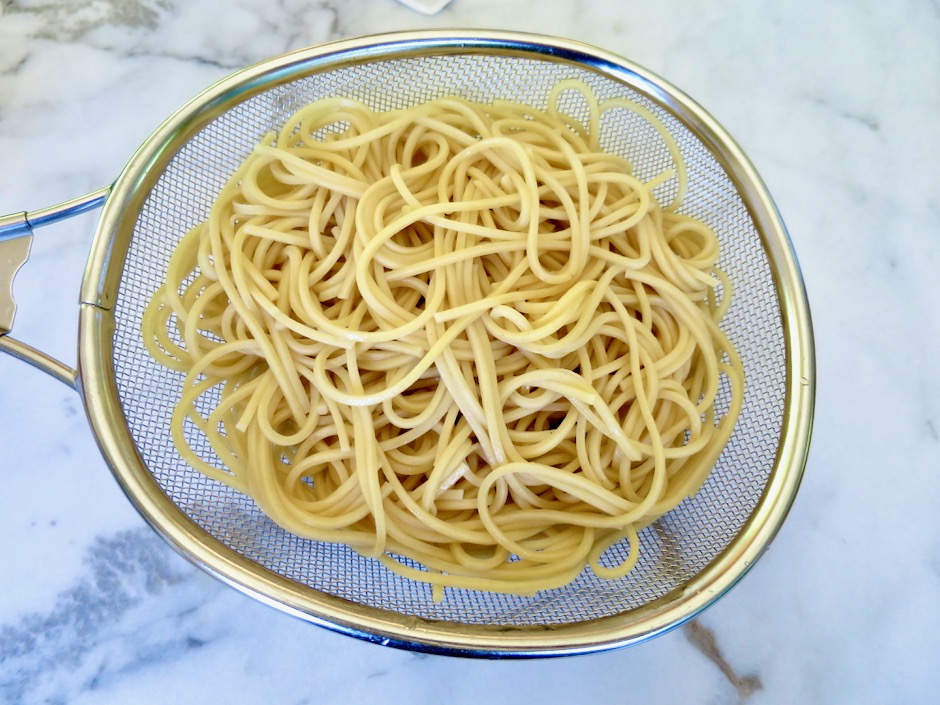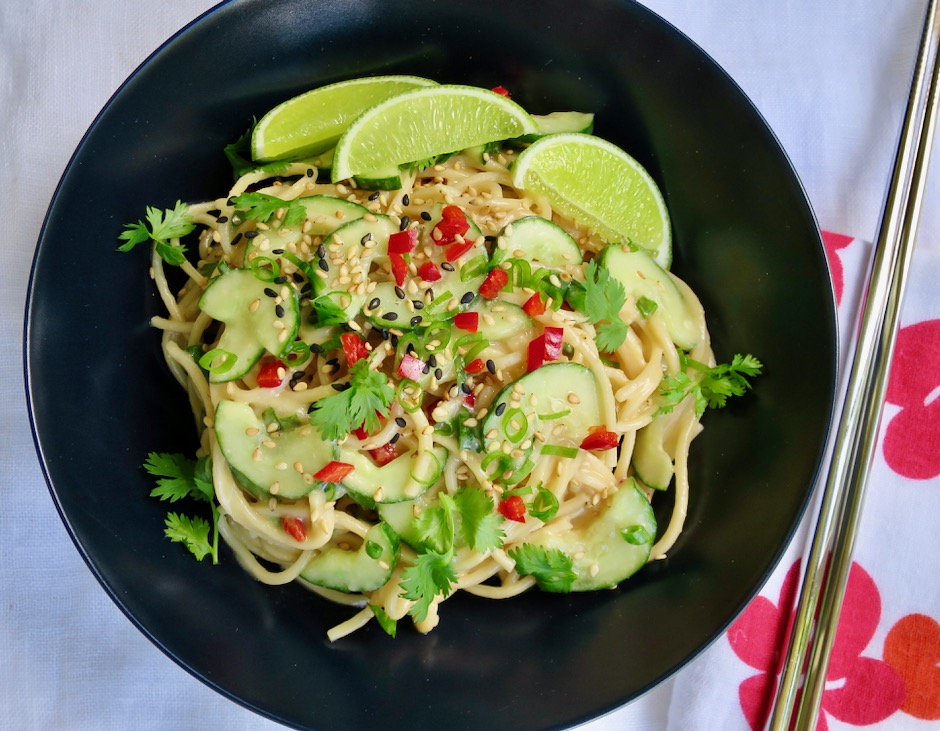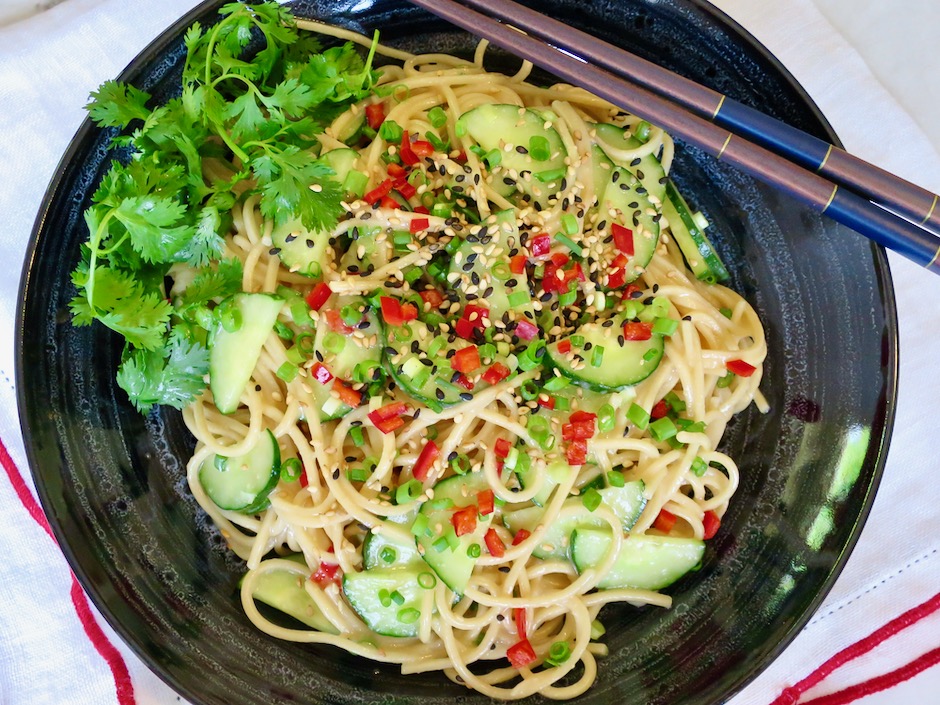This tasty ramen recipe comes from TikTok, the wildly popular social app that lets users create and share a diverse assortment of short videos. Since the videos are quick, anywhere from 15 seconds to a minute or so, you have to move fast. That’s what is so cool about this recipe. Besides cooking the noodles in a pot, the rest of the dish is made in just one pan which is music to my ears.
Not only is this a fast recipe, it is inexpensive to boot. And adding Everything Bagel seasoning is ingenious!
Instant ramen is one of the most inexpensive items you will find in the Asian section of your grocery store. When on sale, they cost a mere 50¢ or less per package. I always keep a stash of them in my cupboard. They also star in this crunchy cabbage salad.
Butter (lactose free for me) along with garlic and red pepper flakes are stirred together in a pan until the garlic softens a bit. Soy sauce and brown sugar are added to make a sauce full of our “5th taste,” umami.
The cooked ramen gets tossed with the sauce before two eggs are added to the pan.
And as mentioned earlier, this is a one-pan meal. There’s no need to whisk the eggs in a separate bowl, just add to the pan and scramble alongside the ramen.
This ramen dish reminds me of Sam Sato’s dry mein which is similar in that there is no broth, just a very delicious sauce coating the noodles. Leftovers are still tasty and fresh if you want to save some for a snack later.
- 2 packages instant ramen (discard seasoning packets)
- 2 tablespoons vegan butter (or regular butter)
- 1 teaspoon minced garlic
- ½ teaspoon red pepper flakes
- 2 teaspoons brown sugar
- 2 tablespoons Kikkoman Less Sodium soy sauce
- 2 large eggs
- Everything bagel seasoning (you can make your own version with sesame seeds, poppy seeds, dried minced garlic and onion, flaky sea salt)
- 2 green onions, thinly sliced
- Cook the ramen 1 minute less than package directions. Drain immediately in a colander and rinse under cool water to stop the cooking. Drain again and set aside.
- In a medium pan, heat the butter over medium heat. Add garlic and red pepper flakes. Stir until garlic has softened, about 3 minutes, adjusting heat as needed so the garlic does not burn. Stir in the brown sugar and soy sauce. Add drained noodles to the pan and using tongs toss the noodles with the sauce.
- Push the noodles to one side of the pan and turn the heat up a bit. Add the eggs to the pan, opposite of the noodles. Gently scramble the eggs until just set. Toss eggs with noodles. Remove from heat and divide noodles between two bowls. Sprinkle everything bagel seasoning over the noodles along with the sliced green onions. Serve right away.
